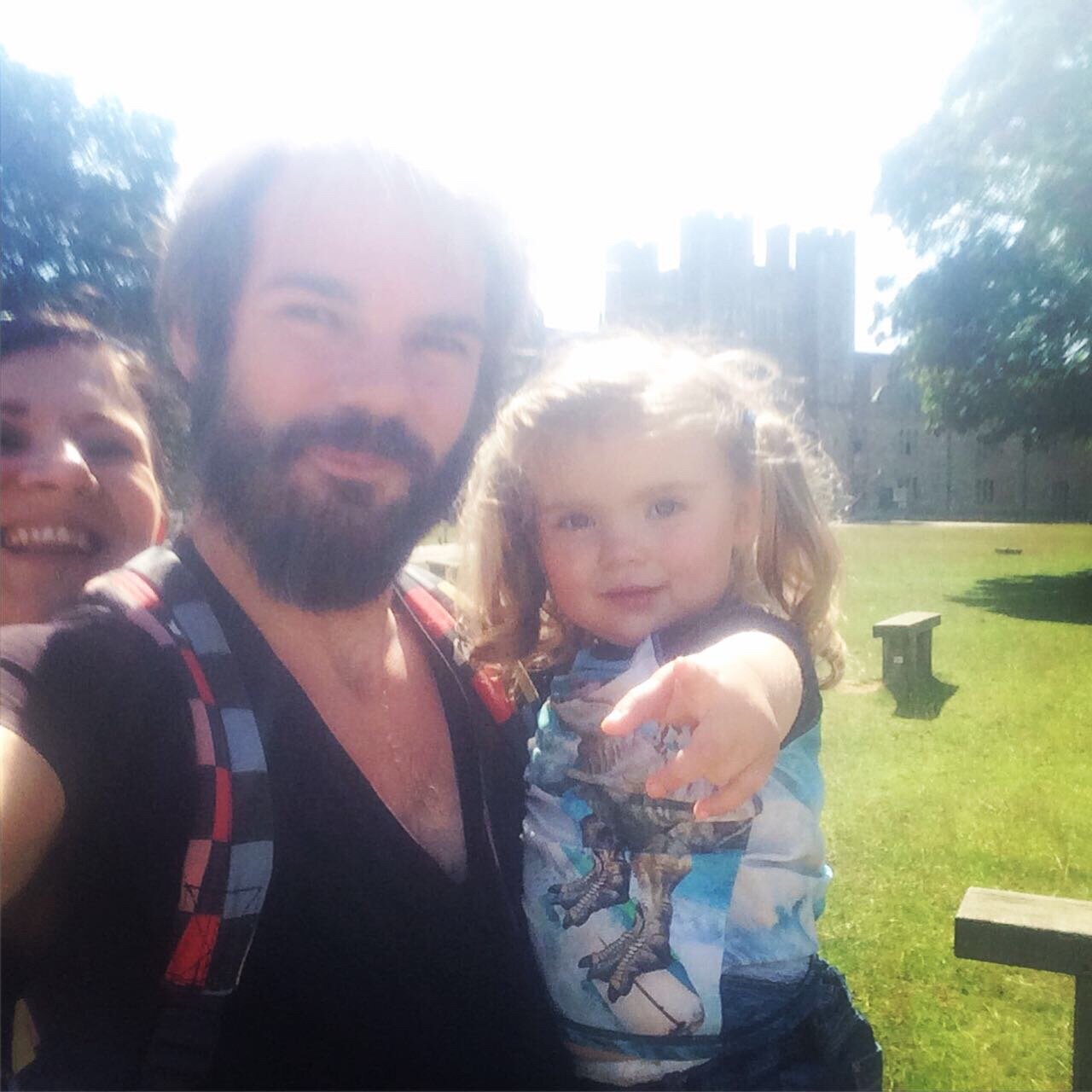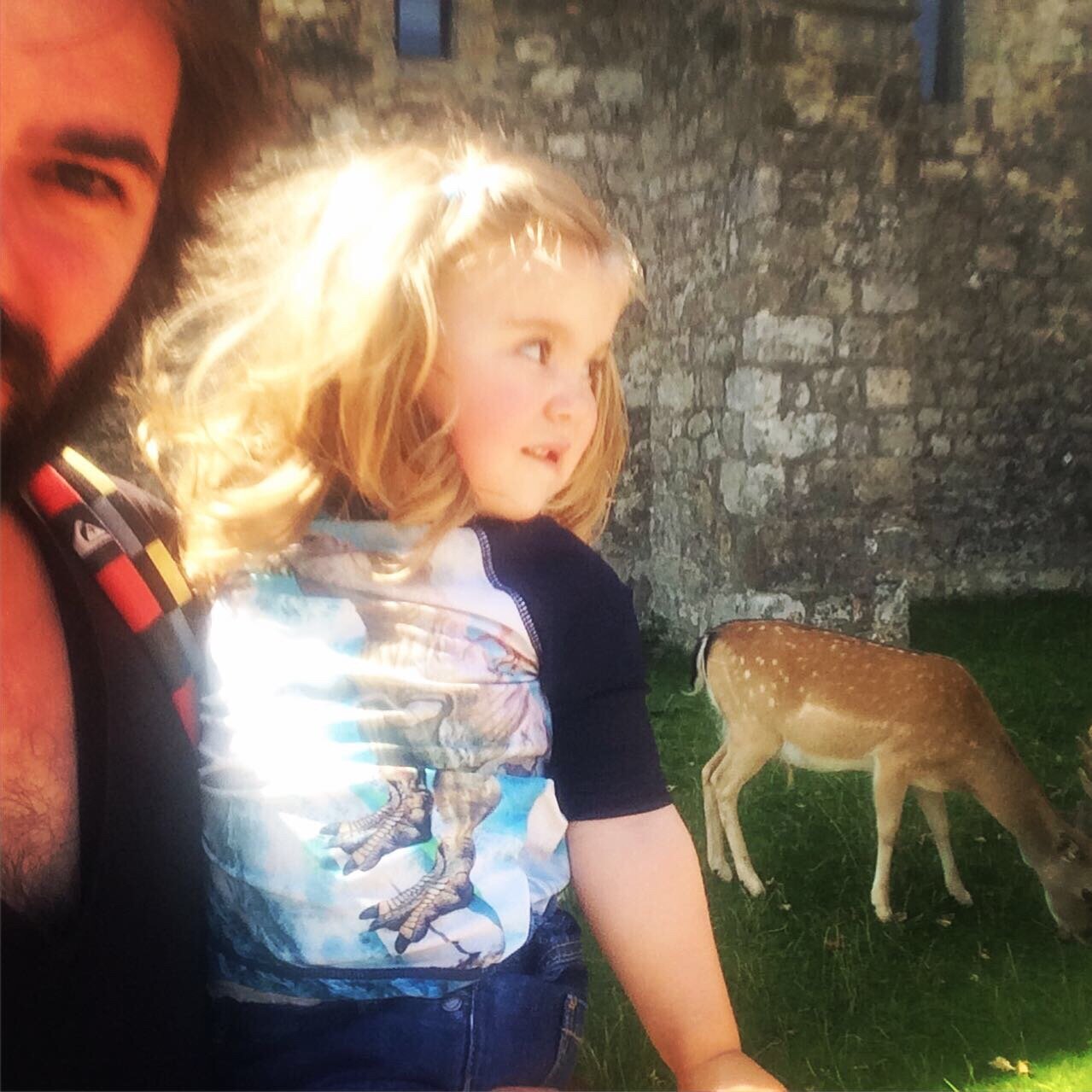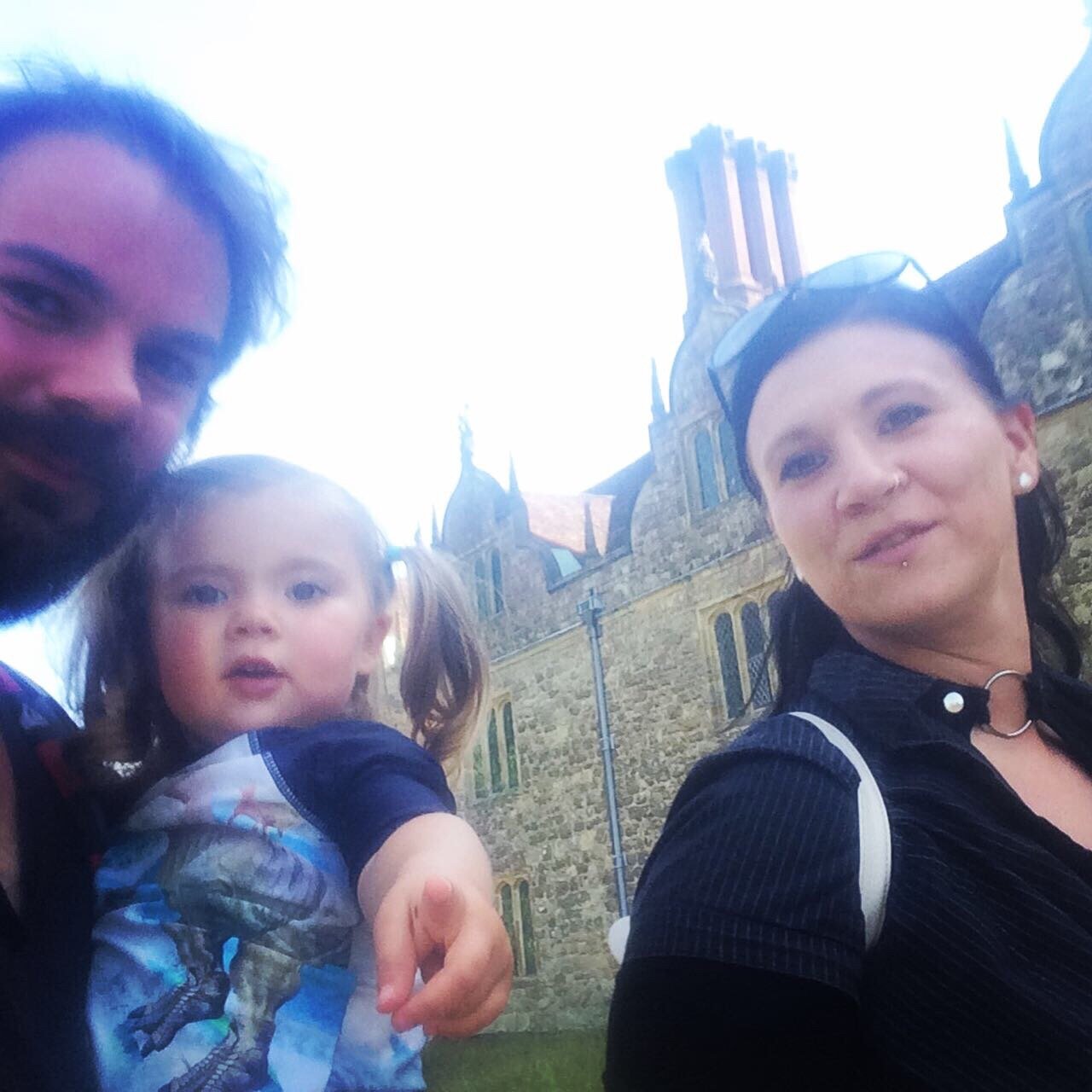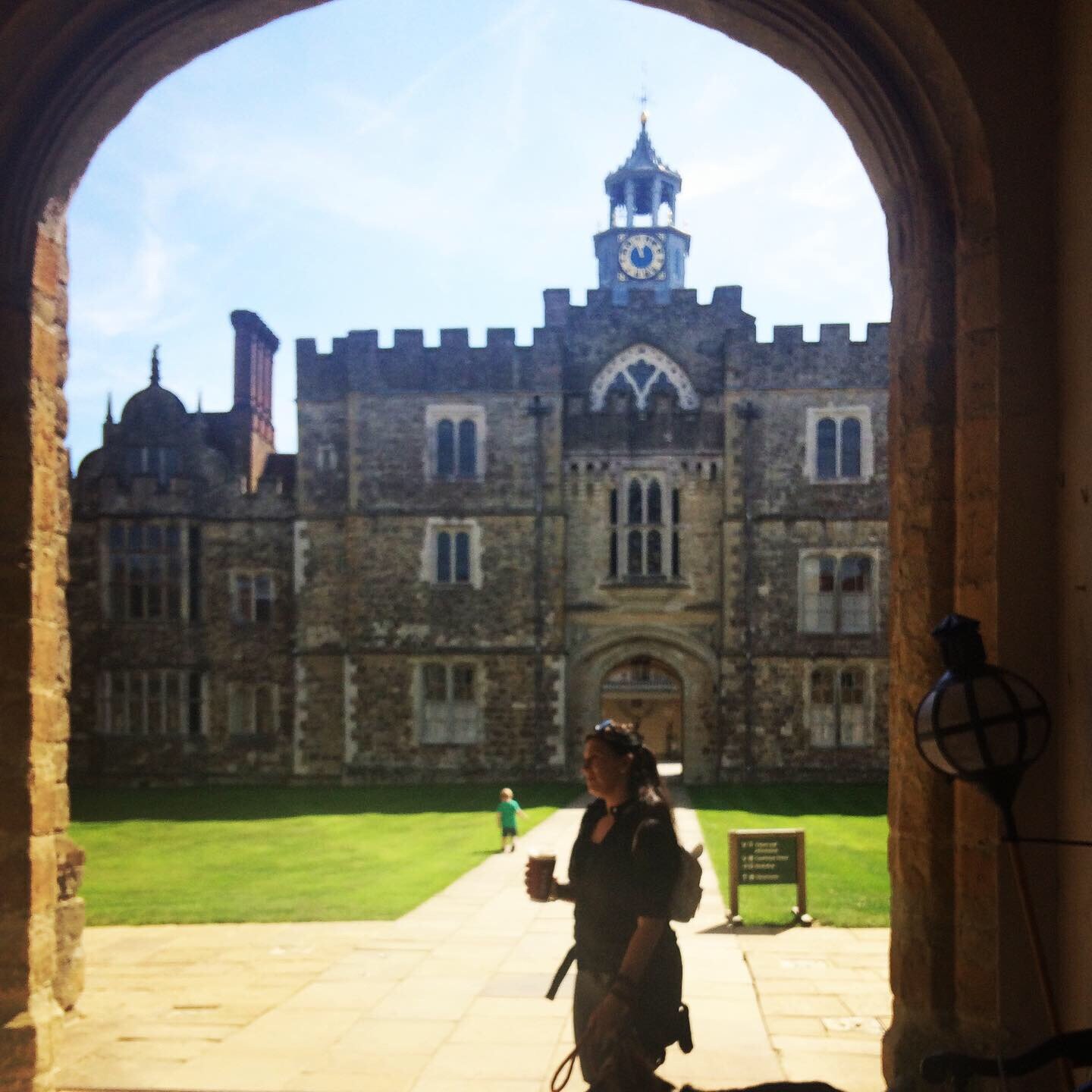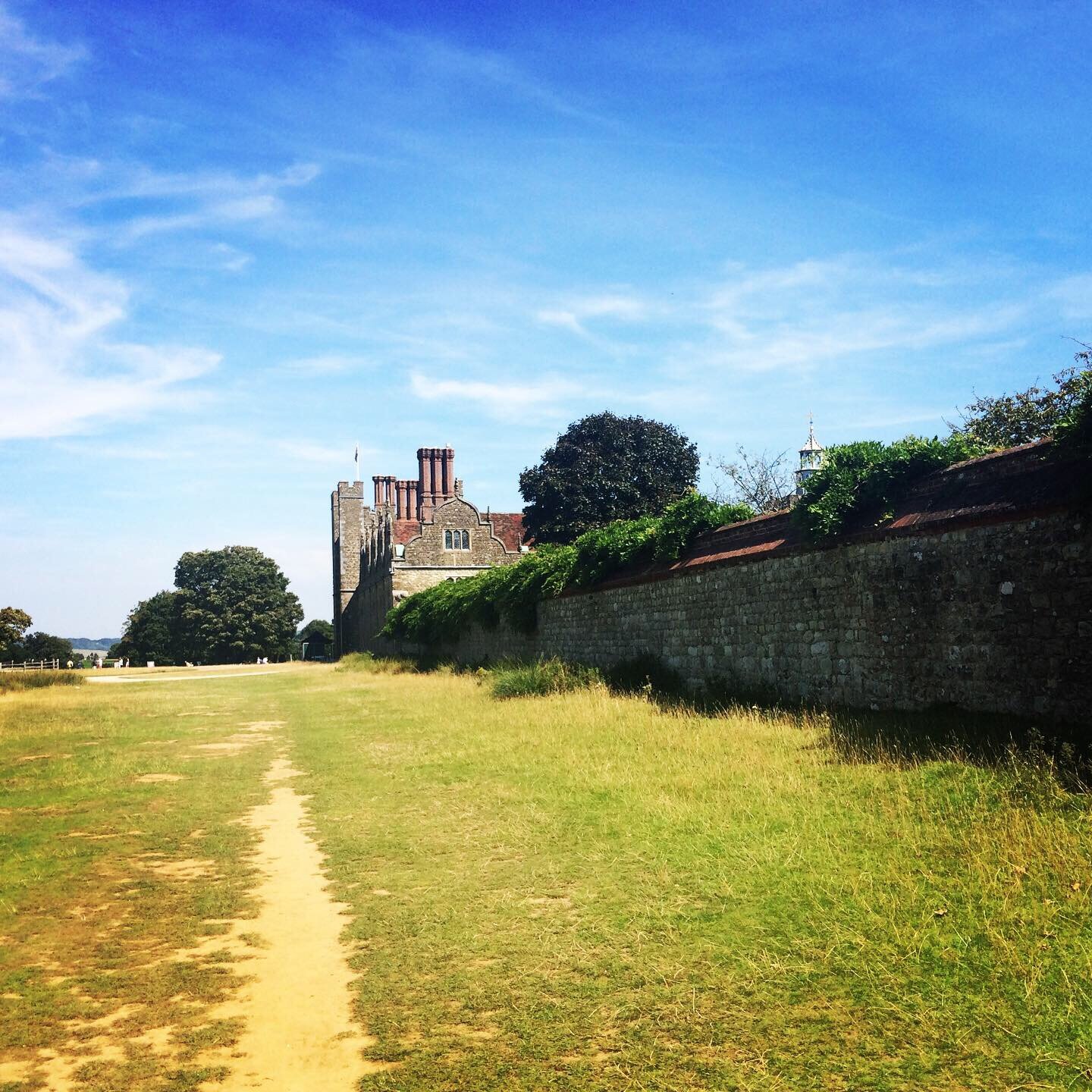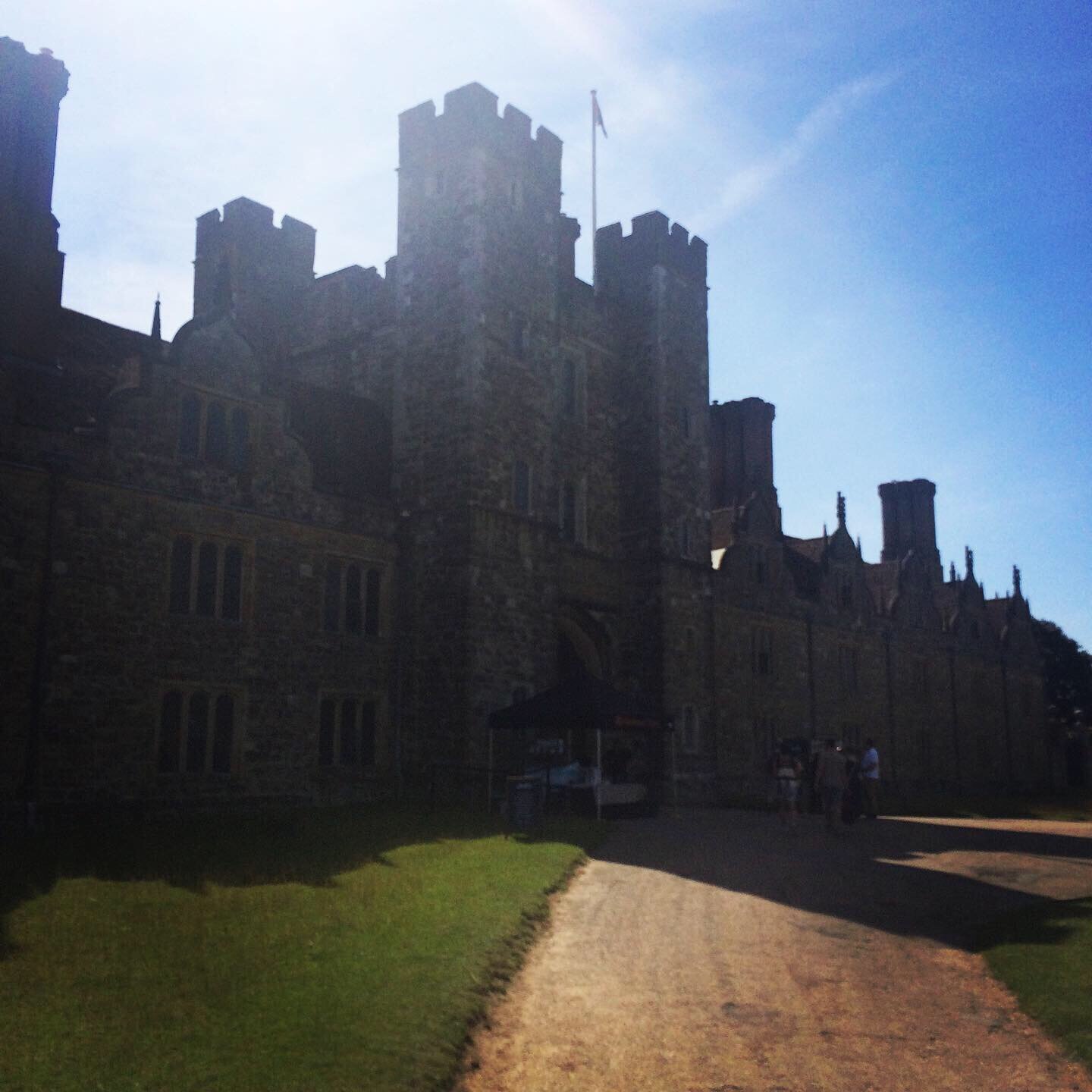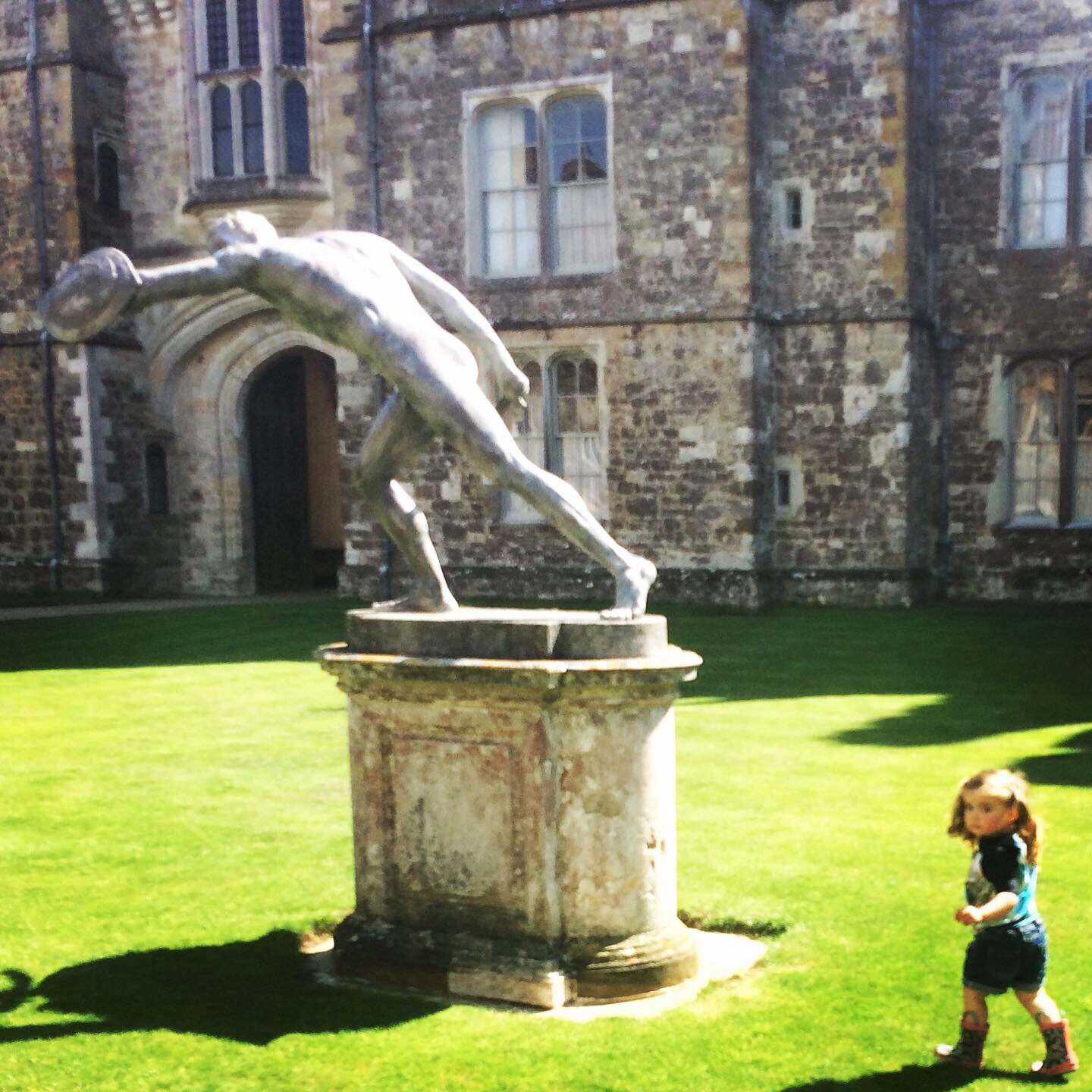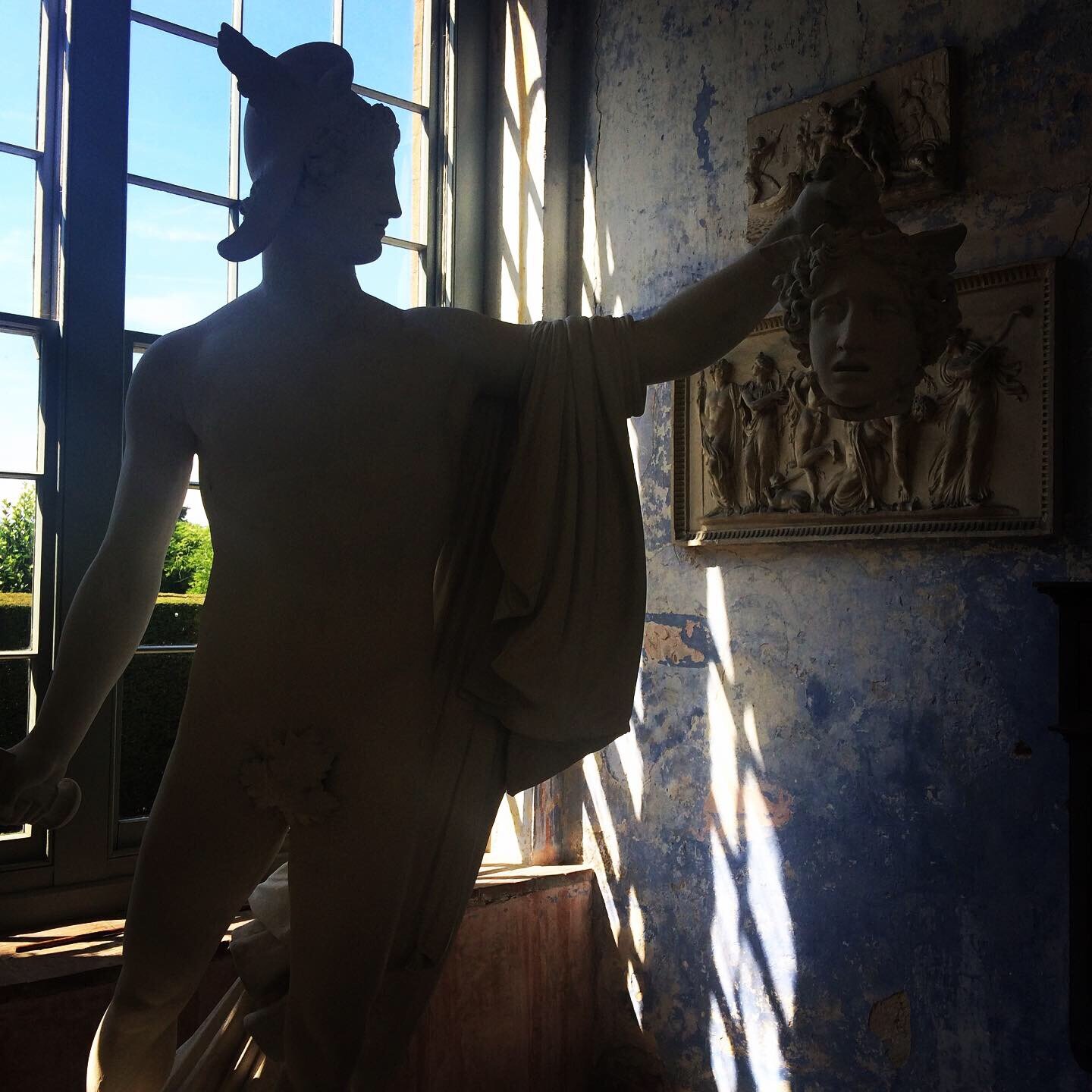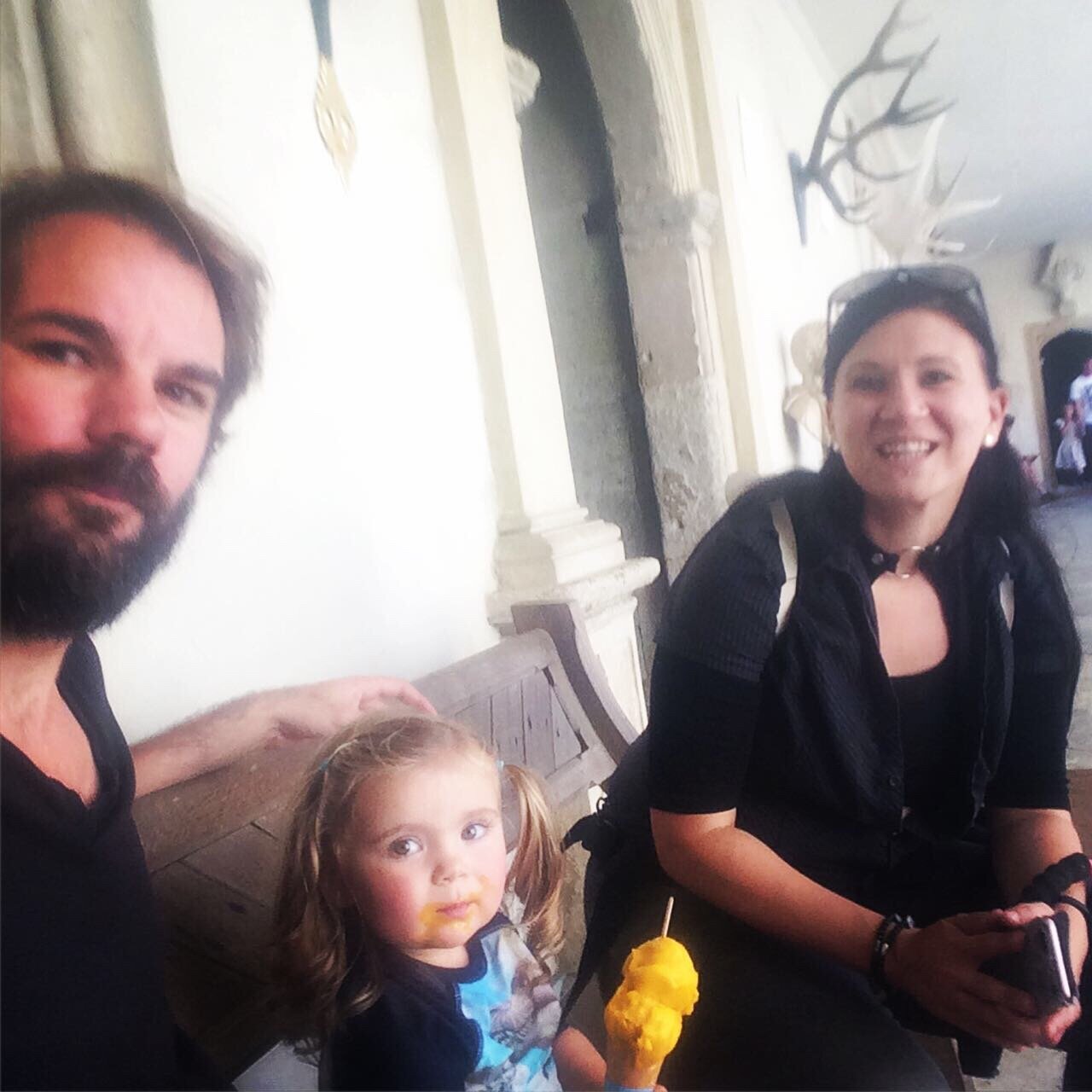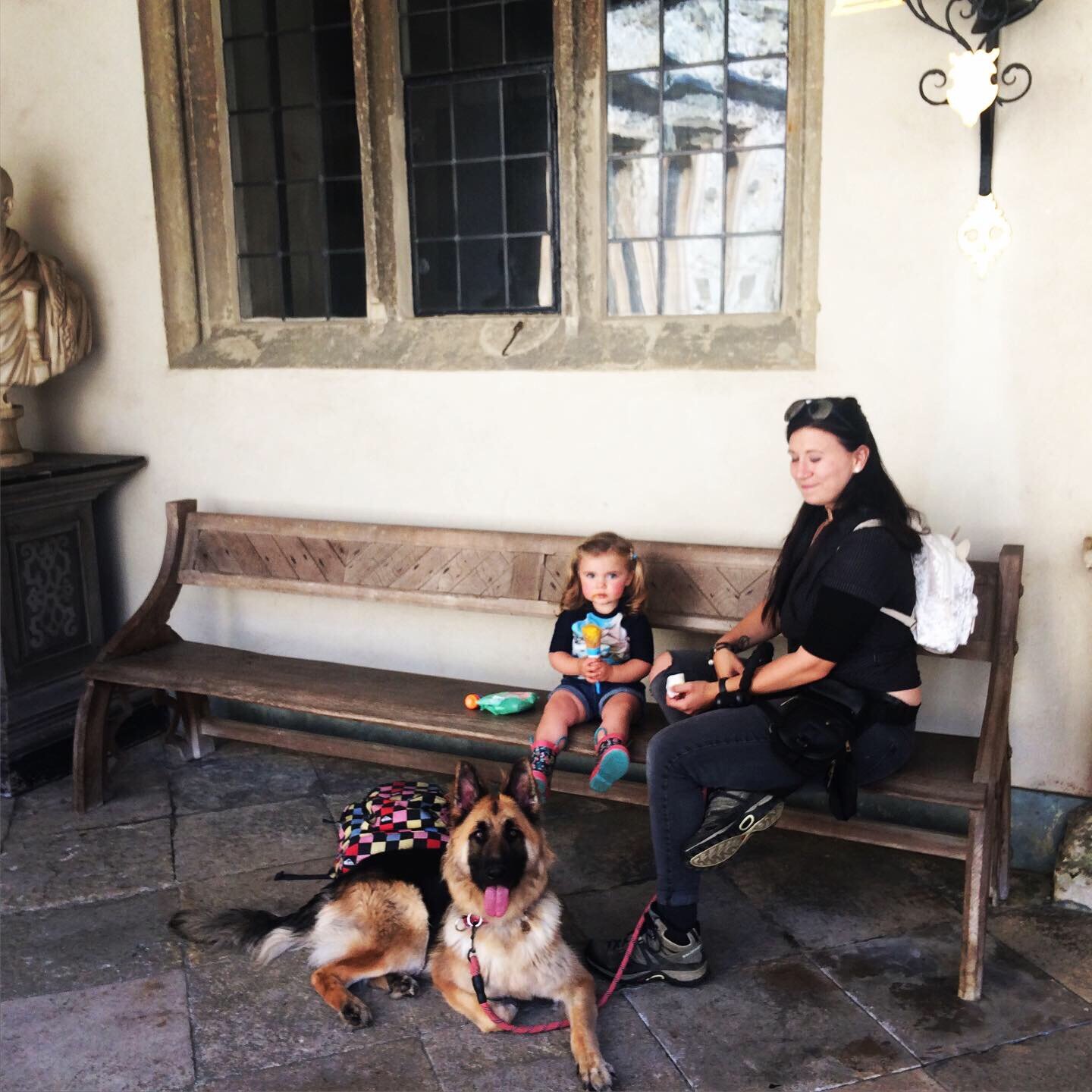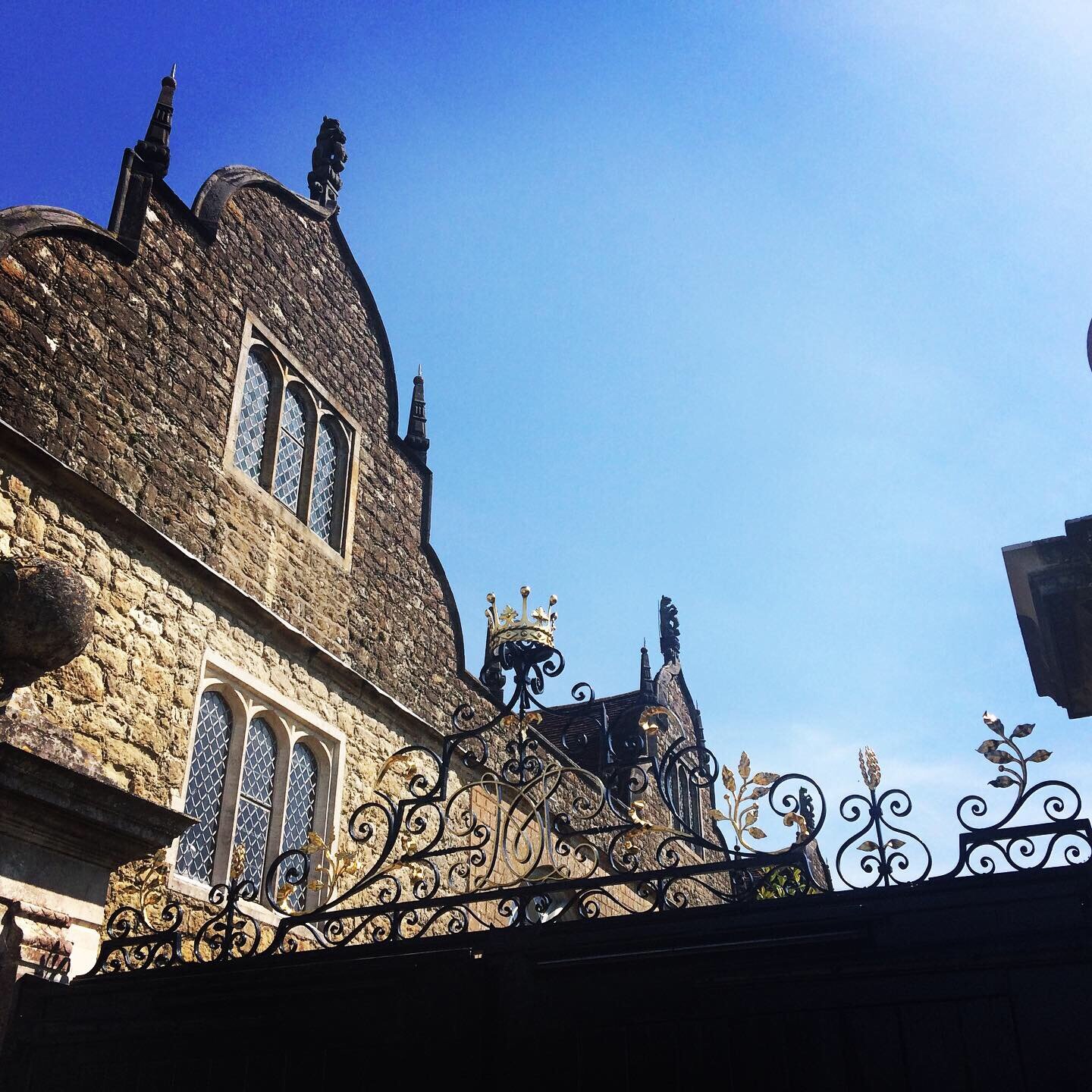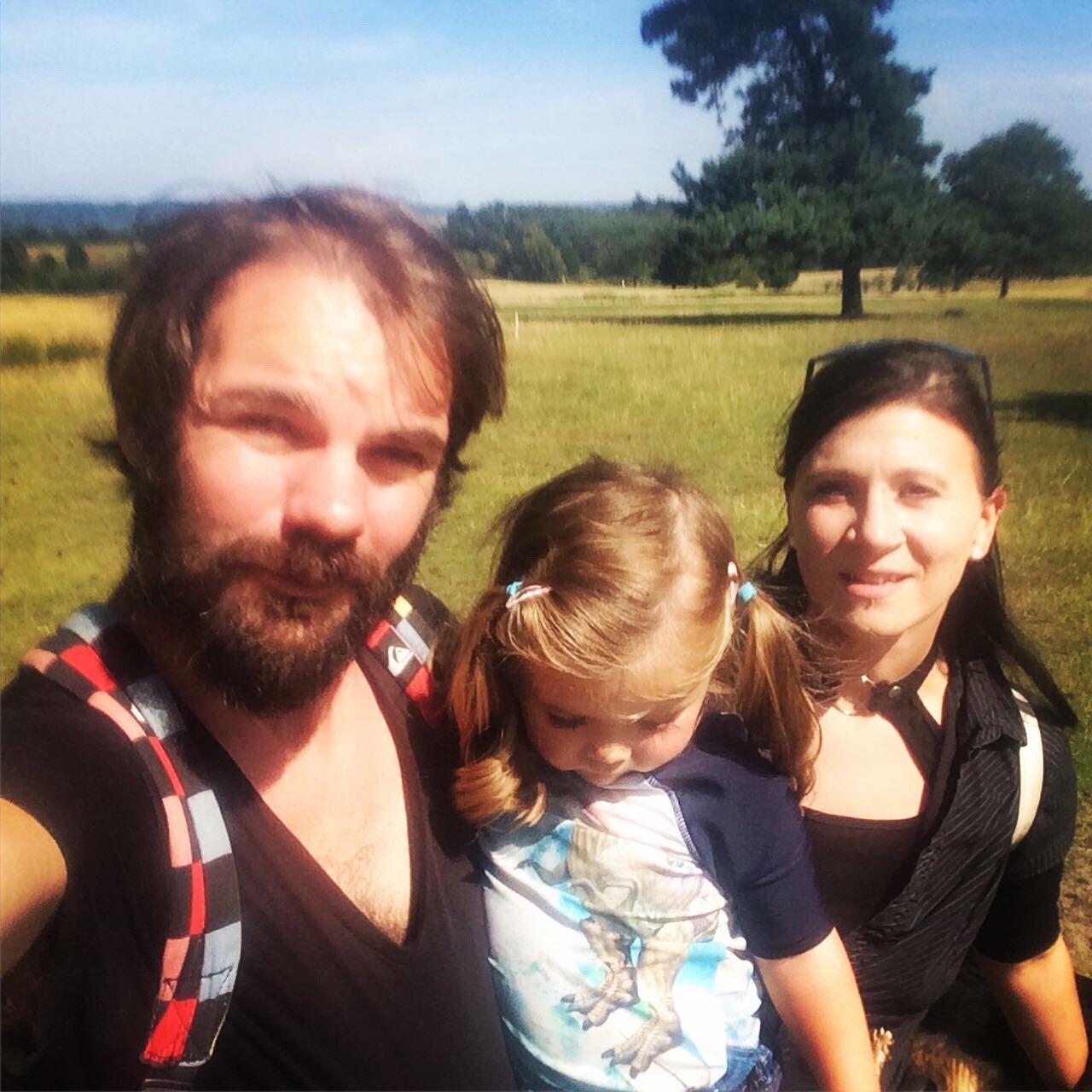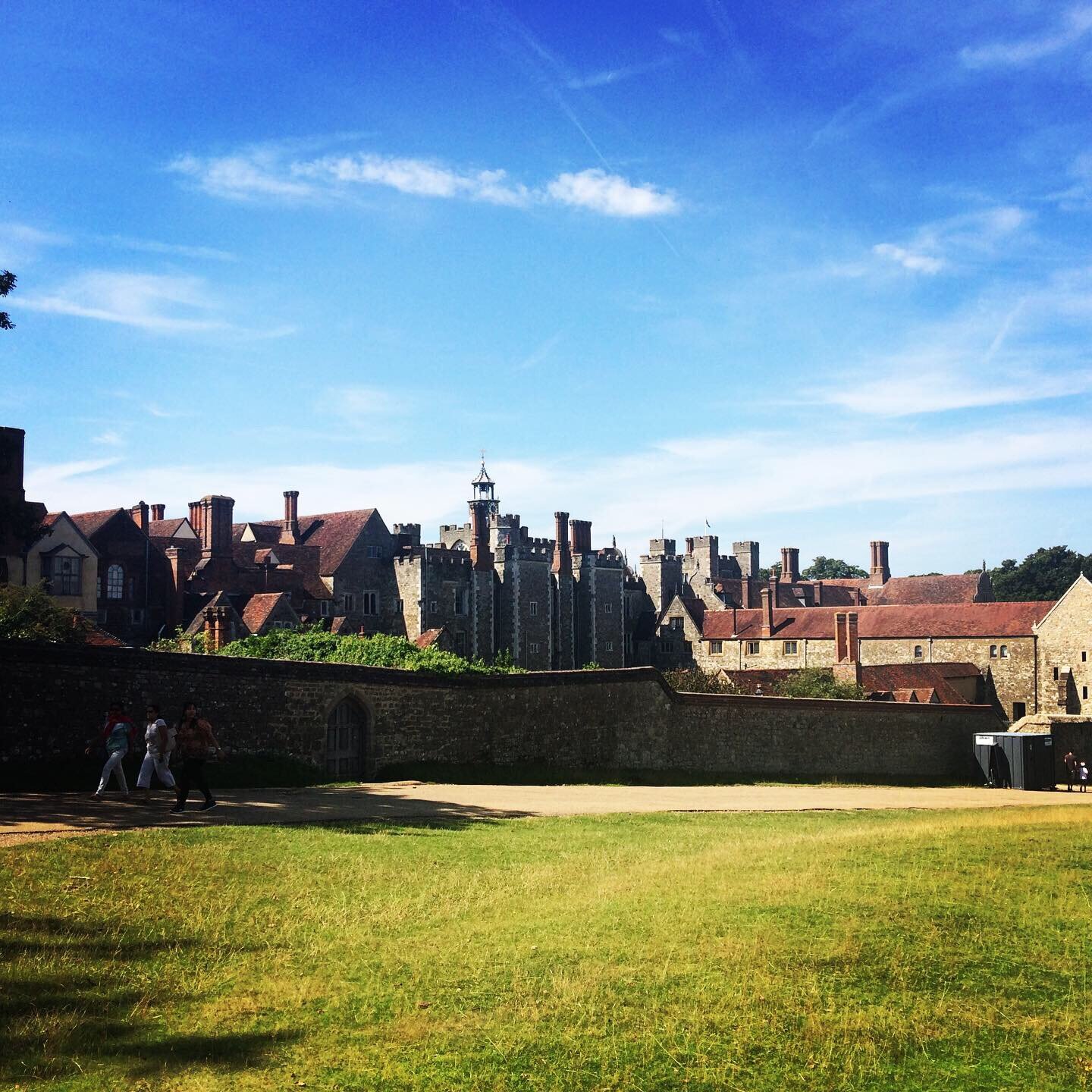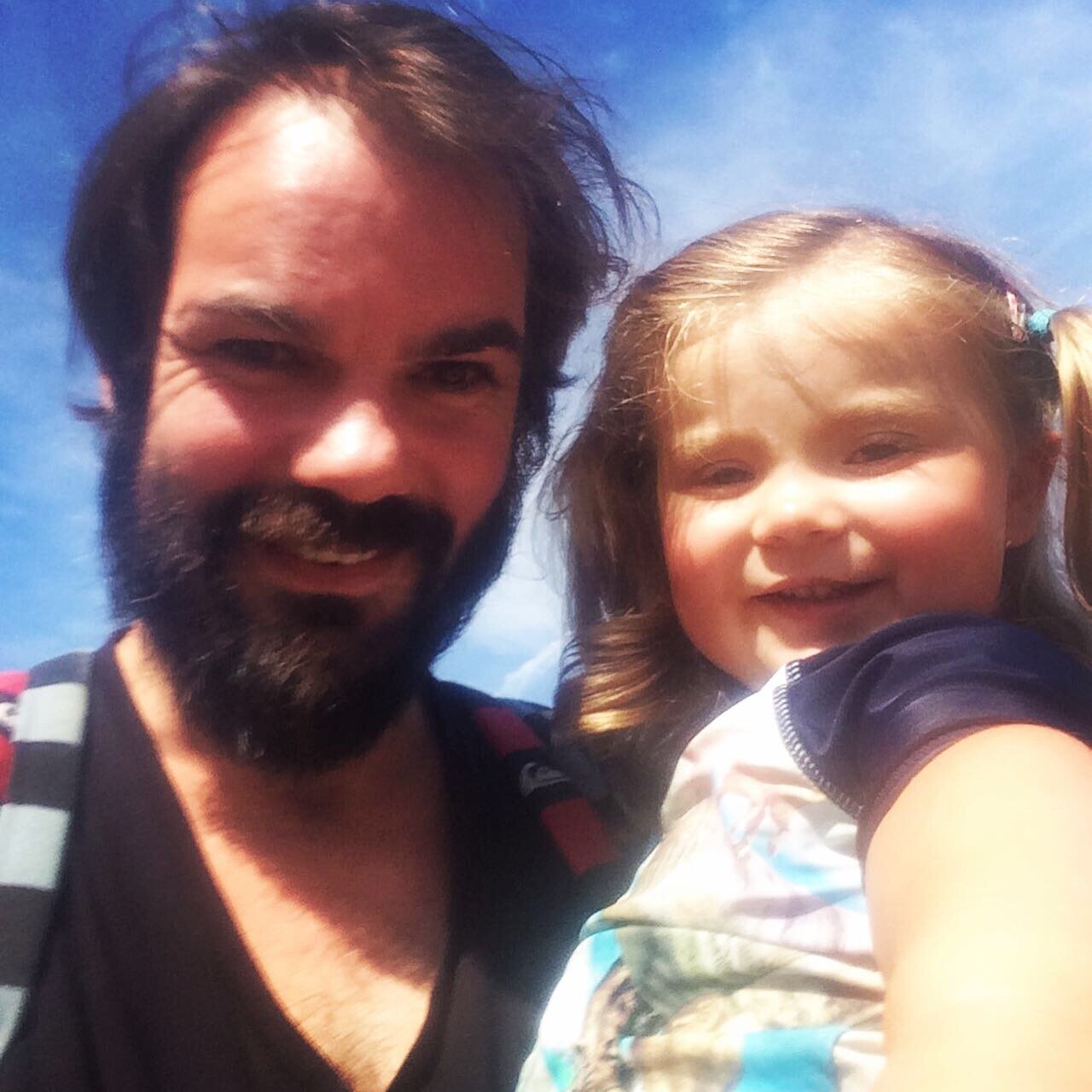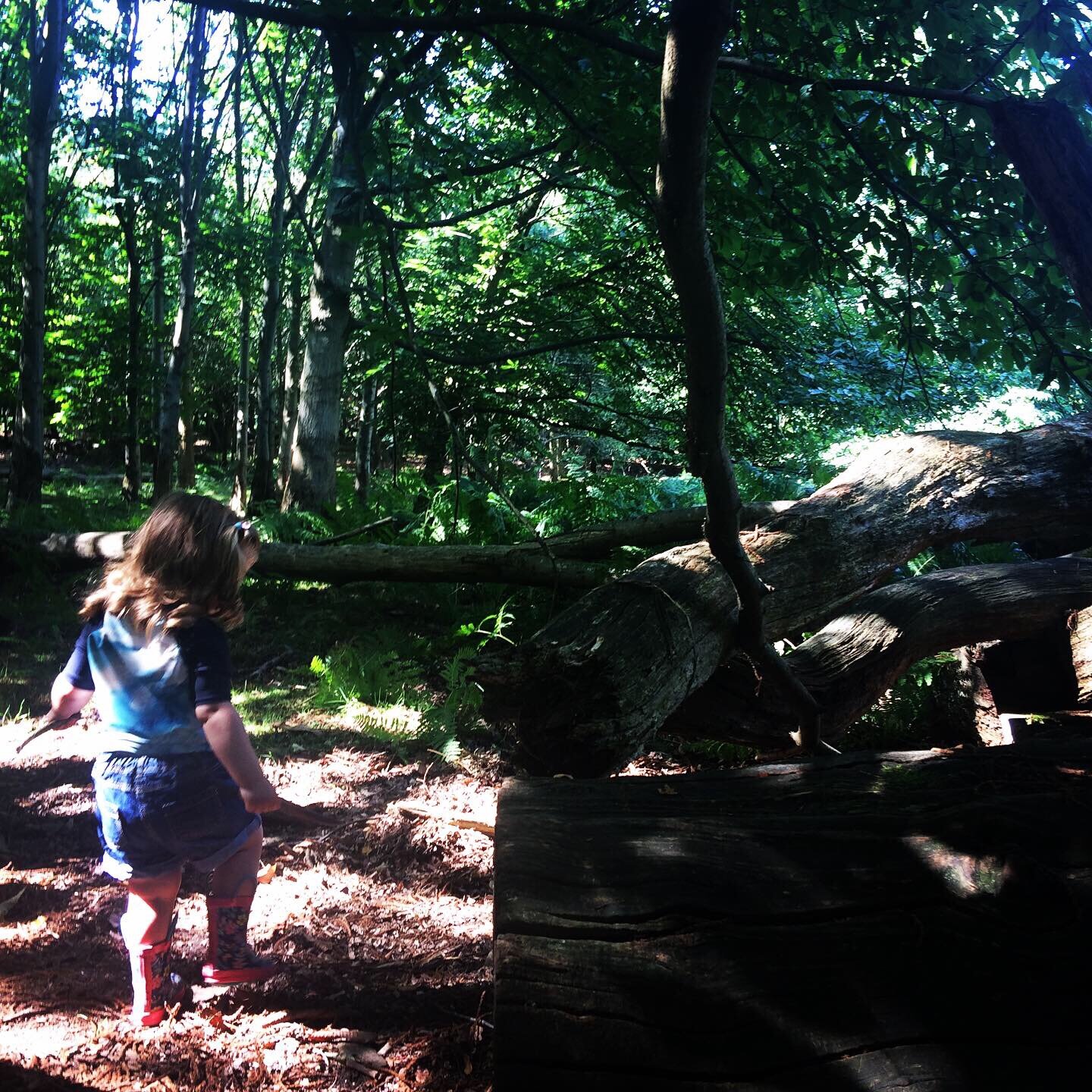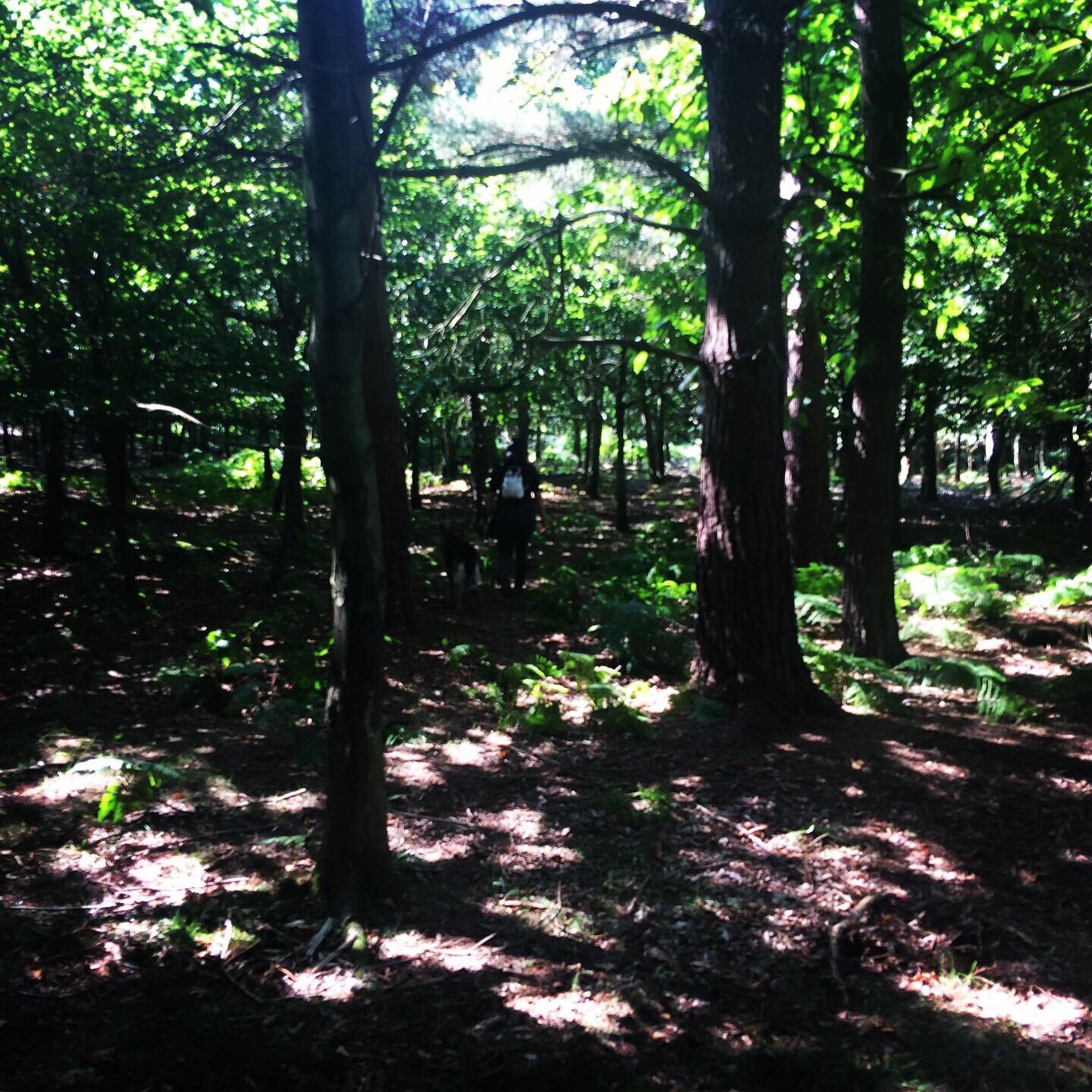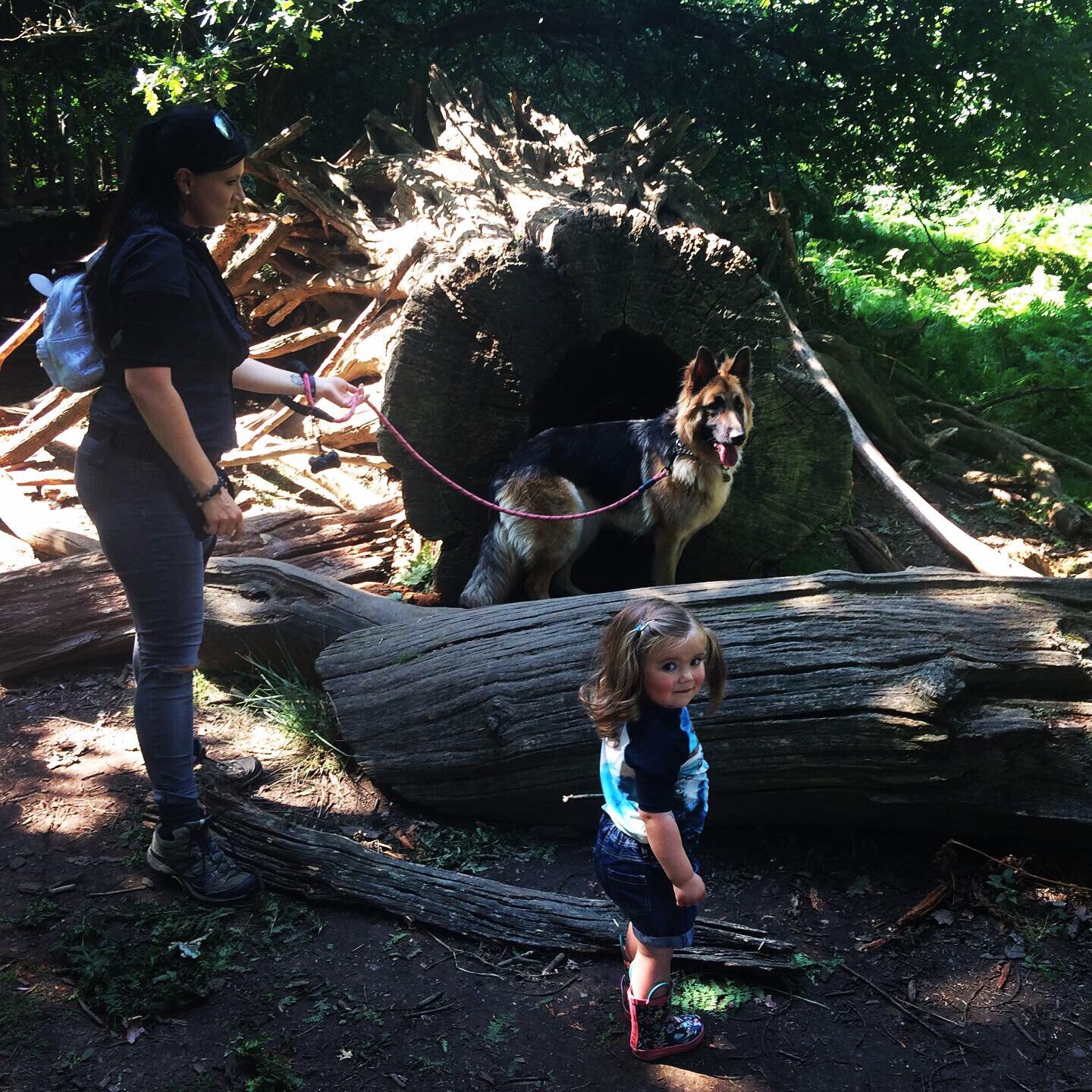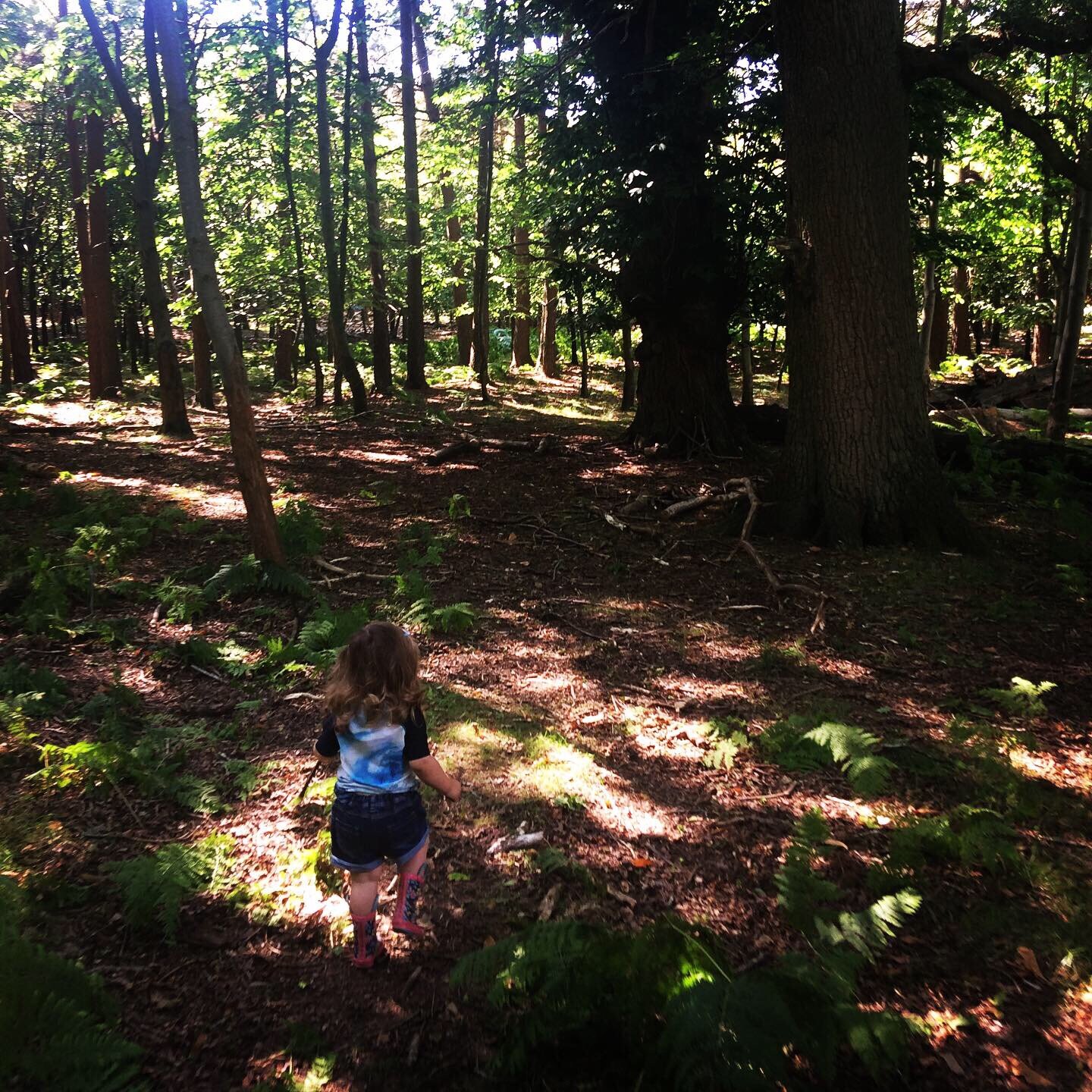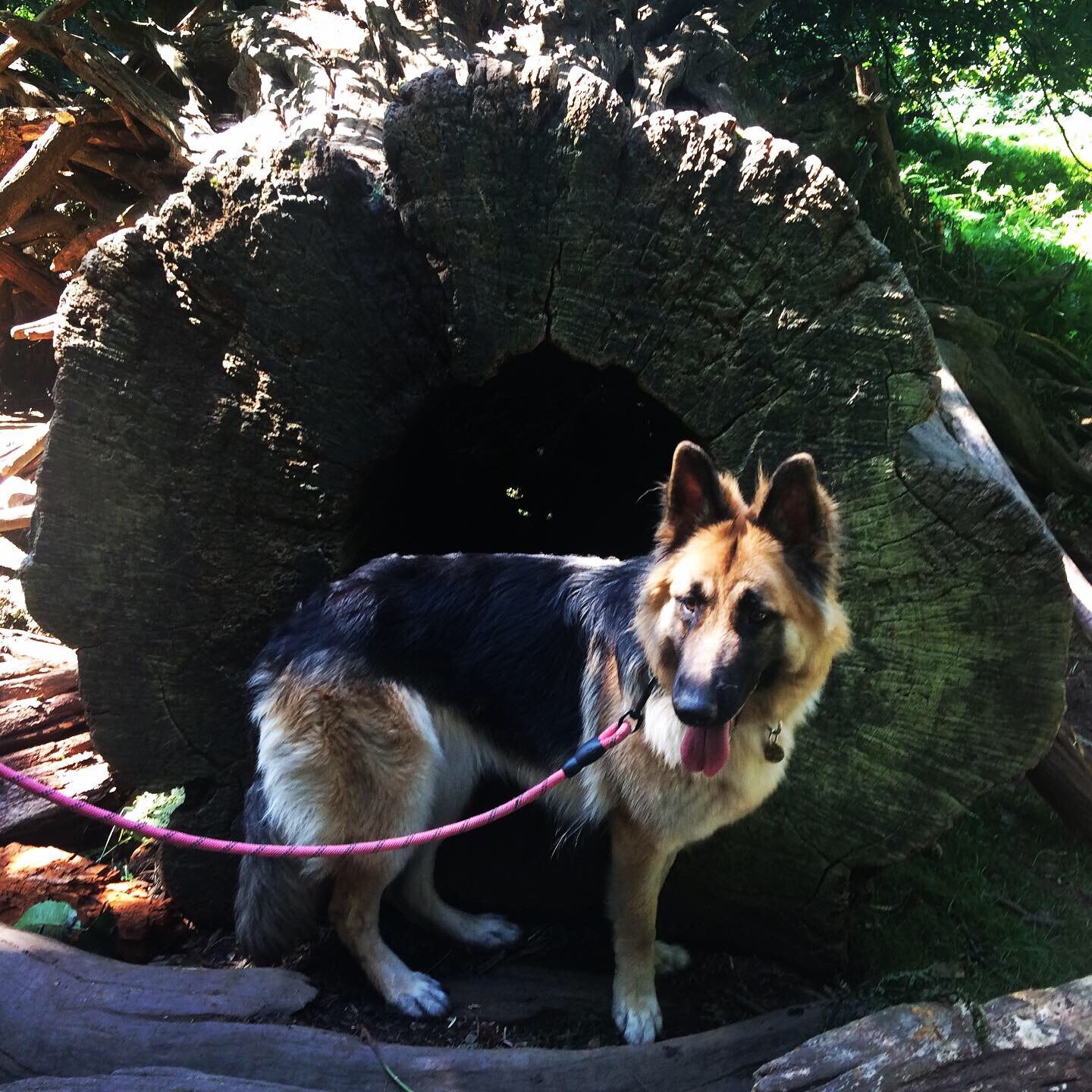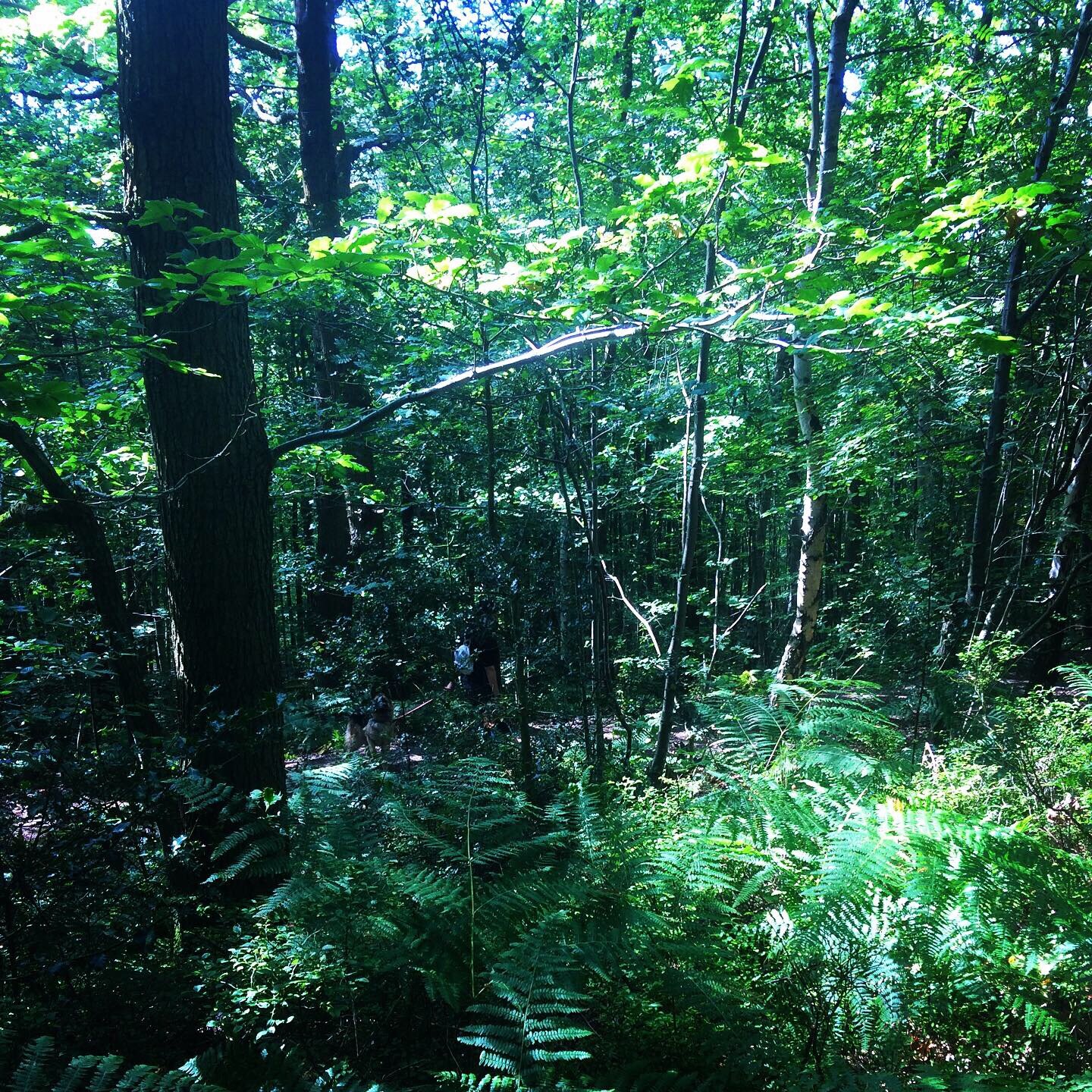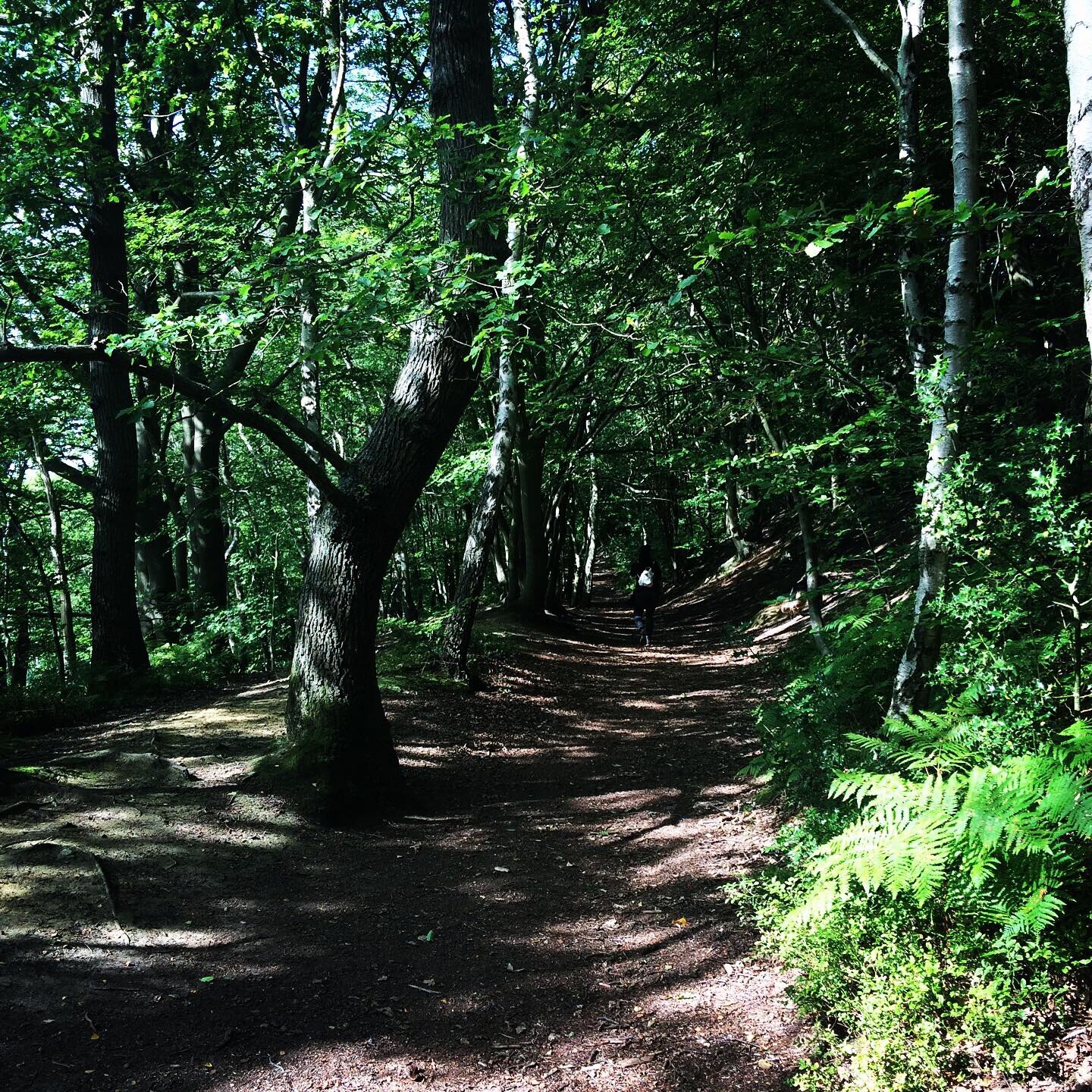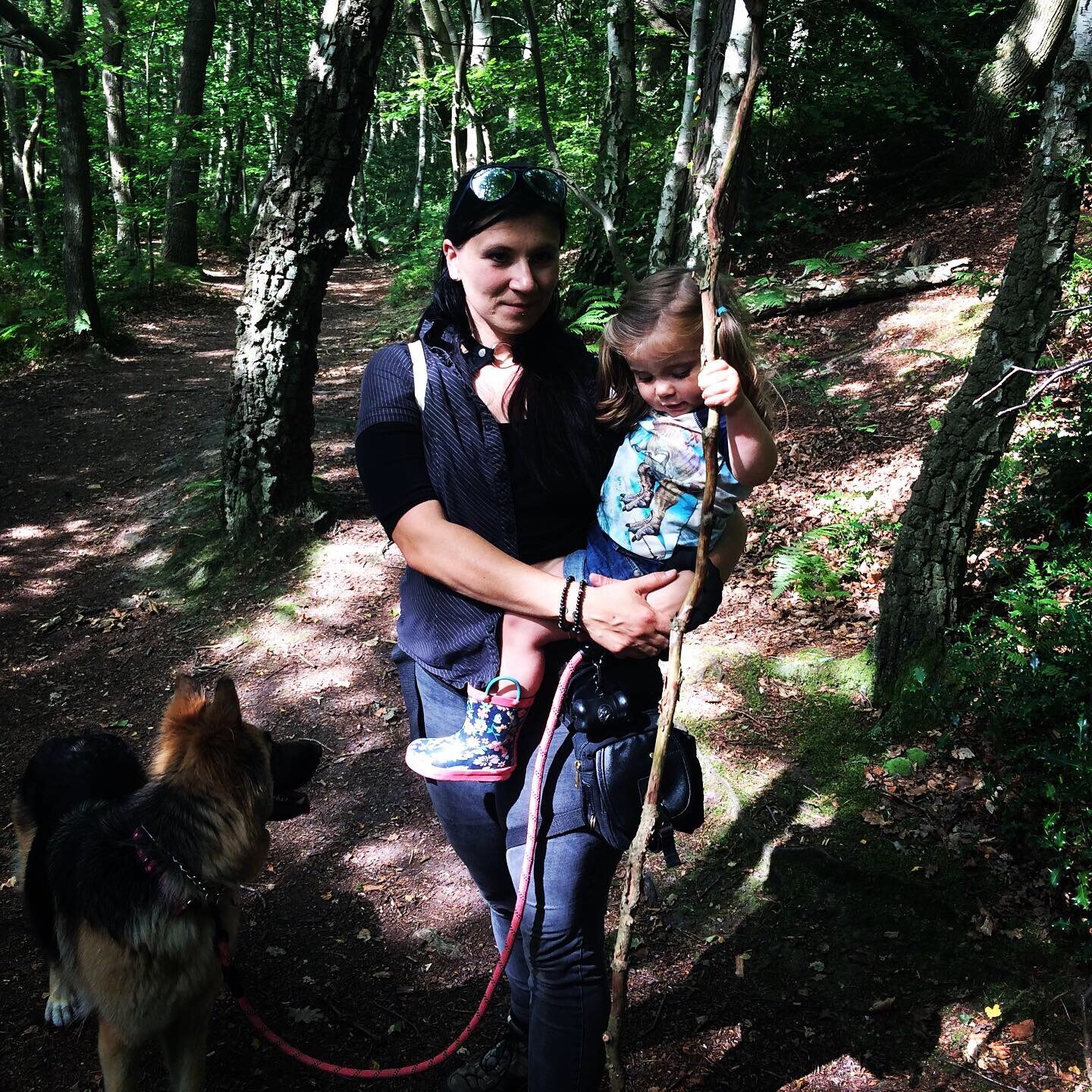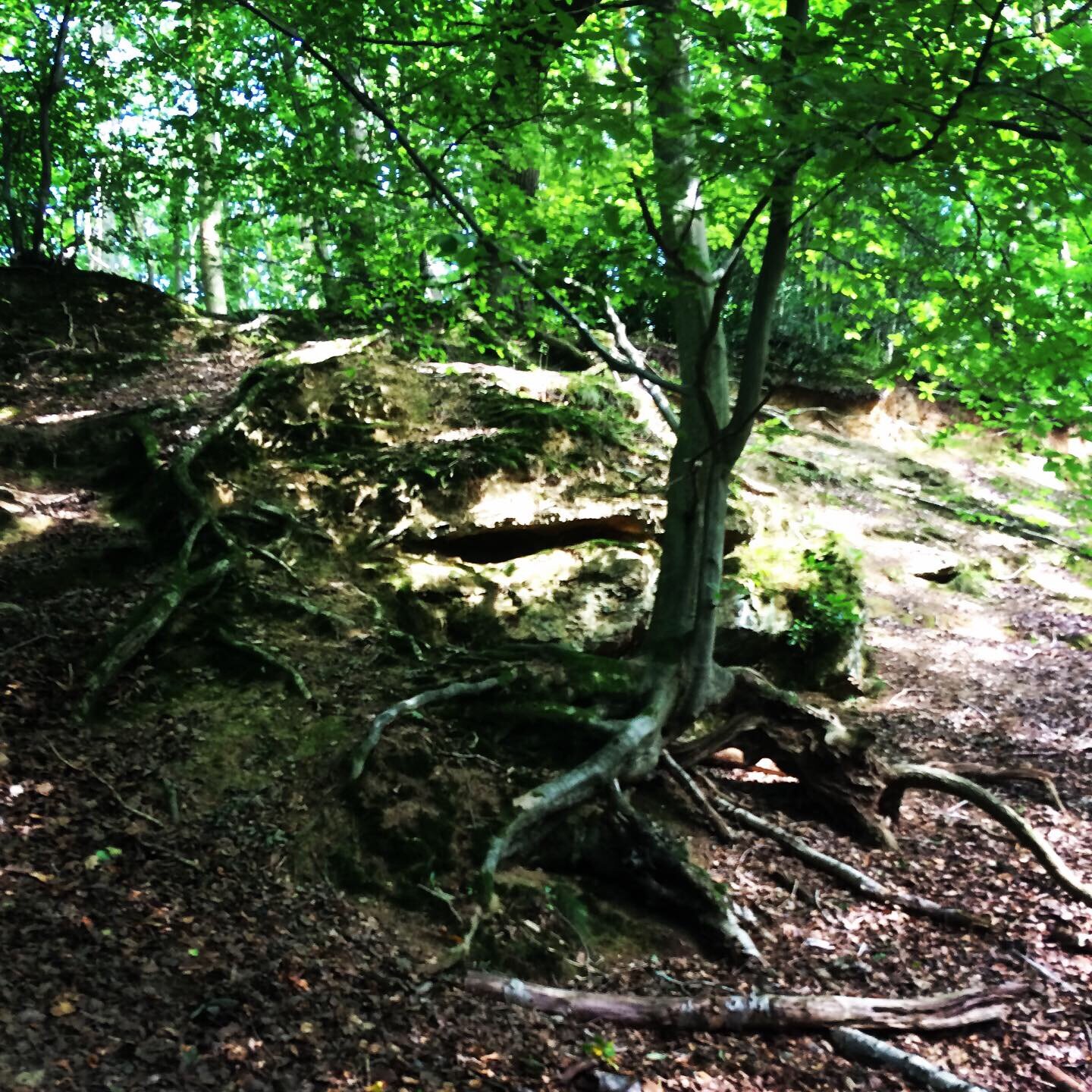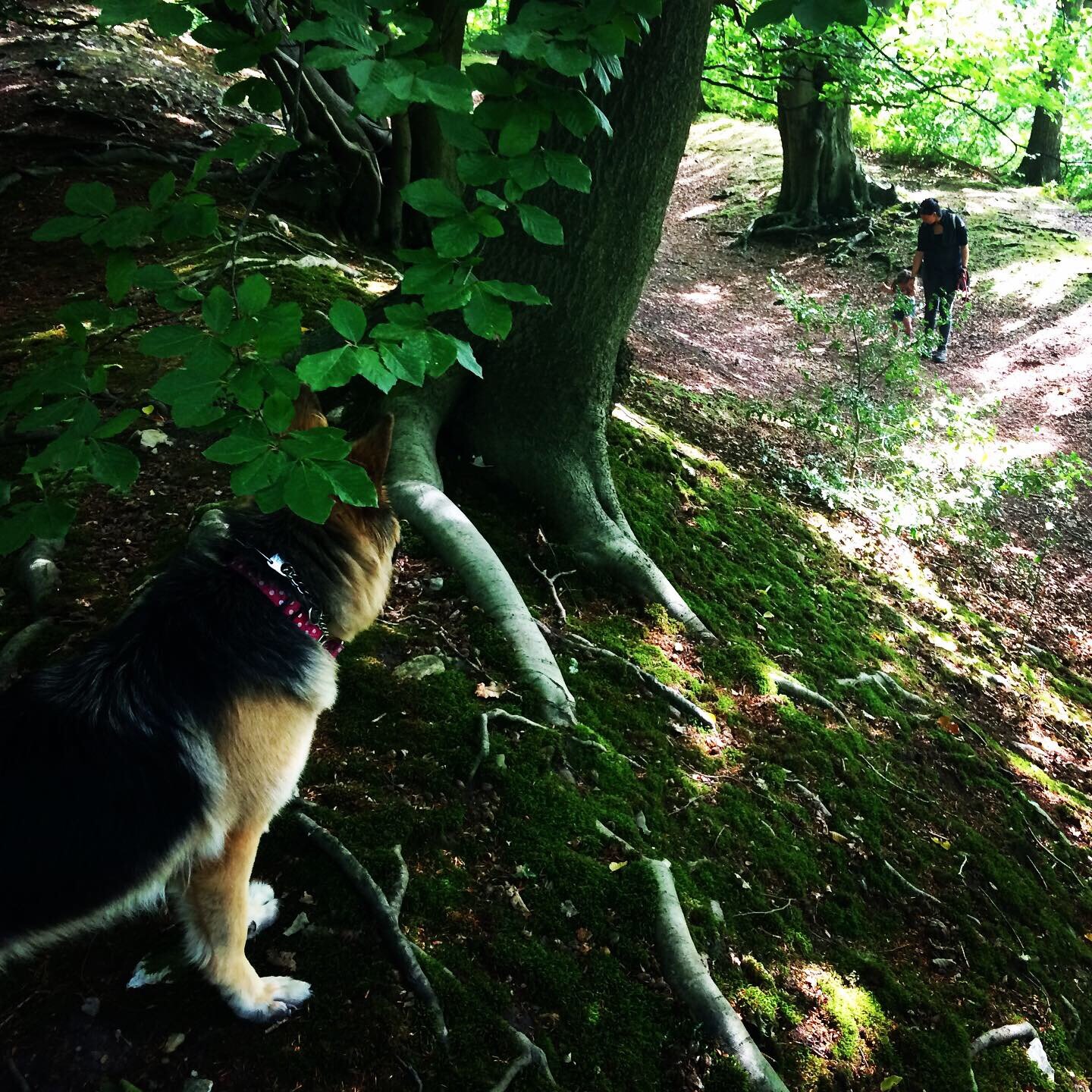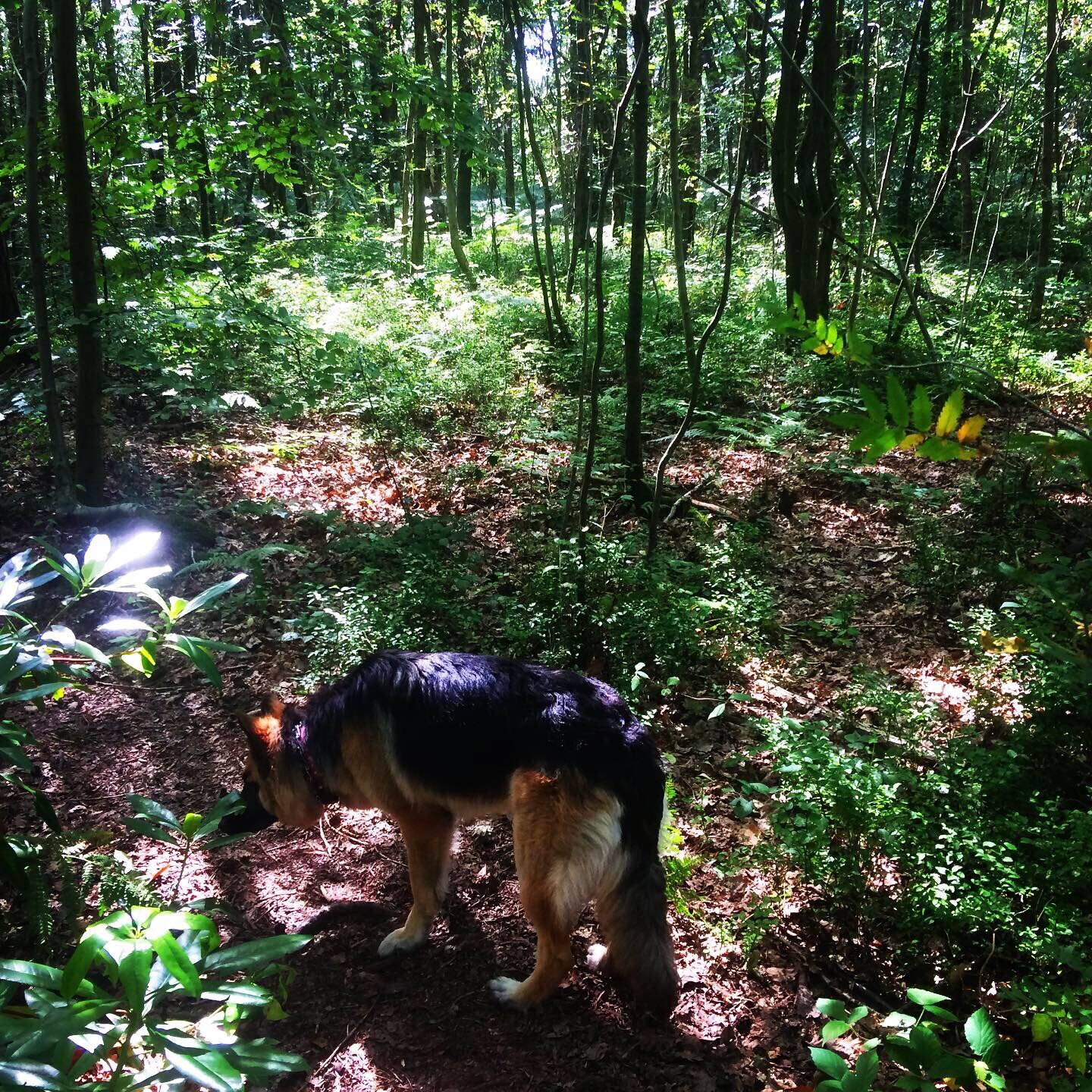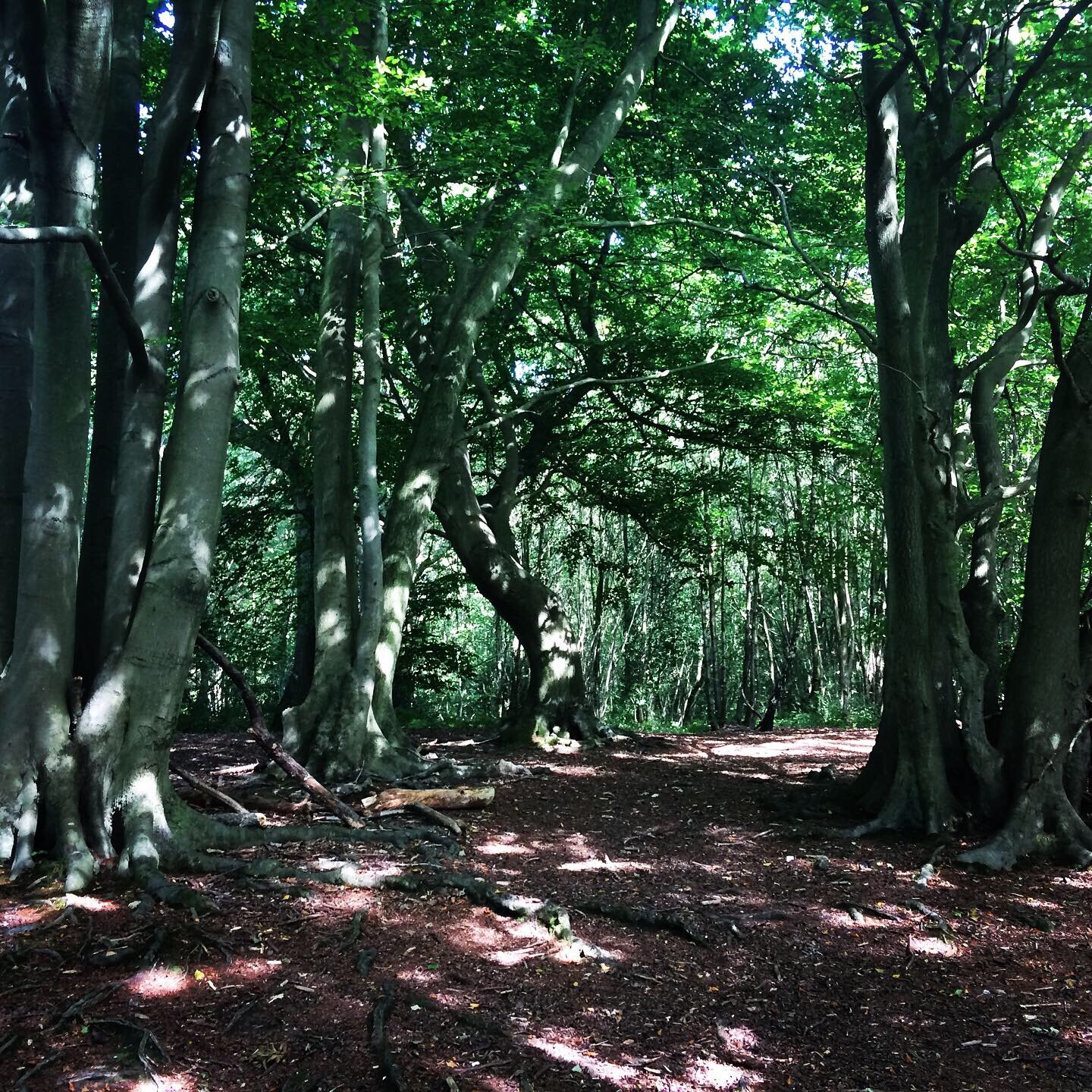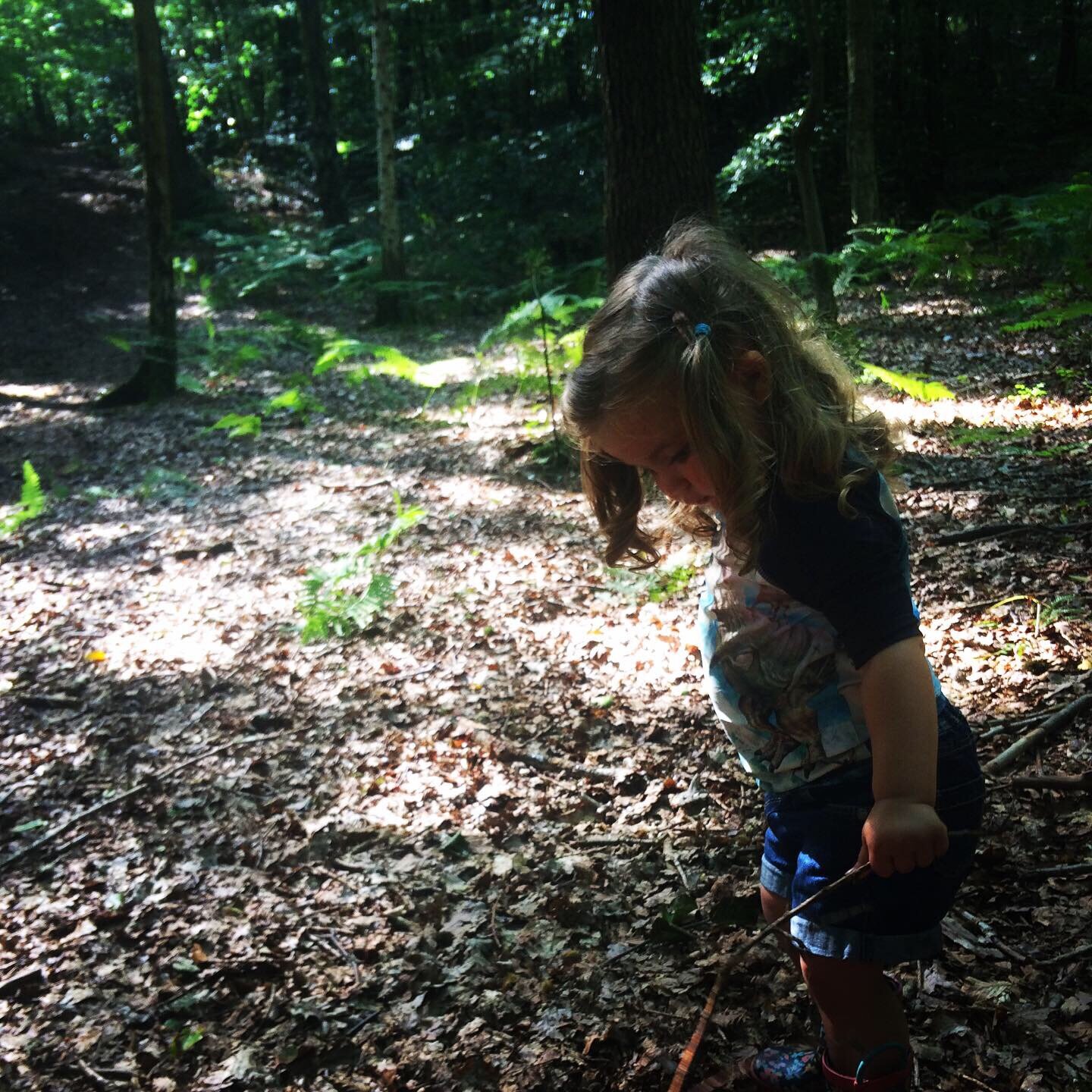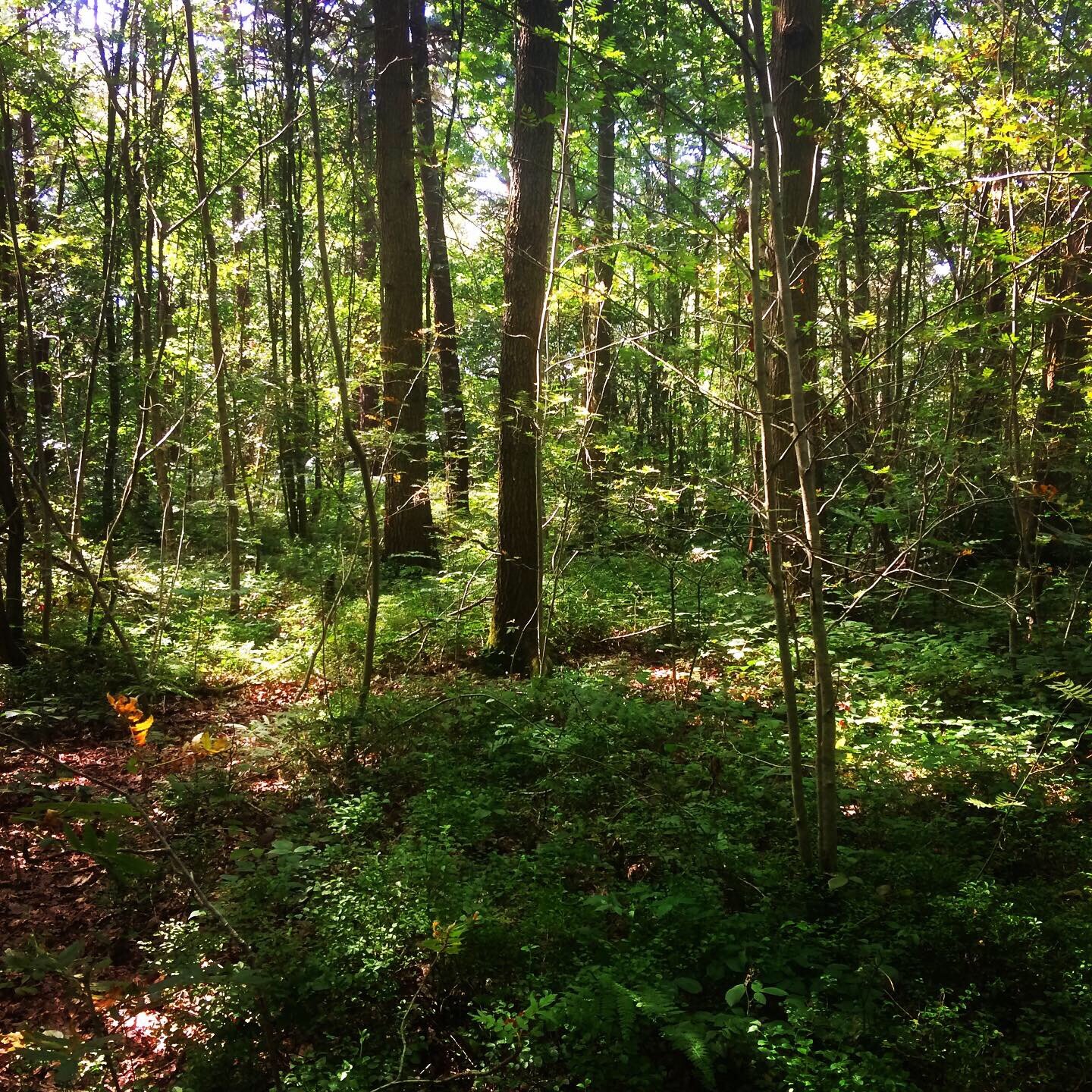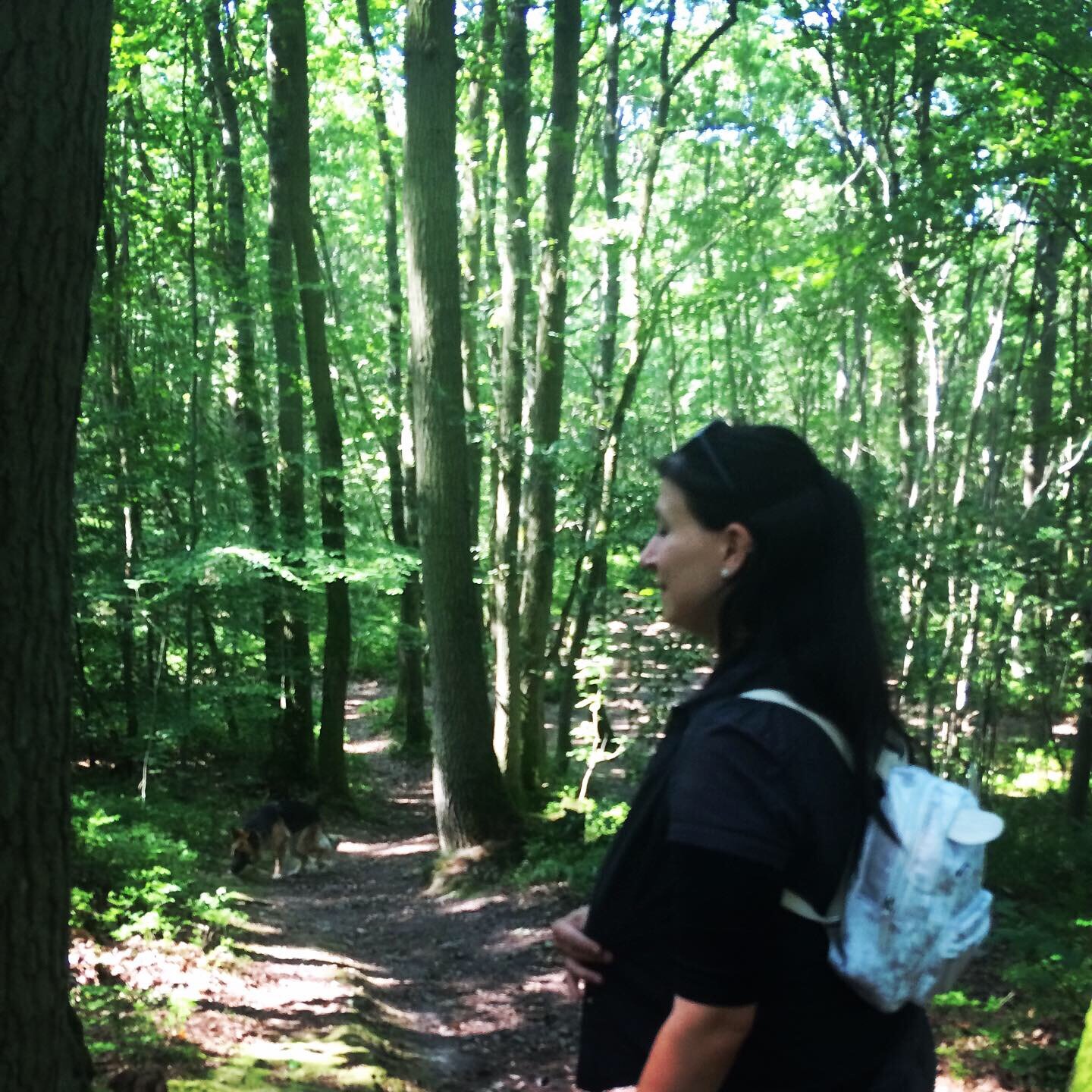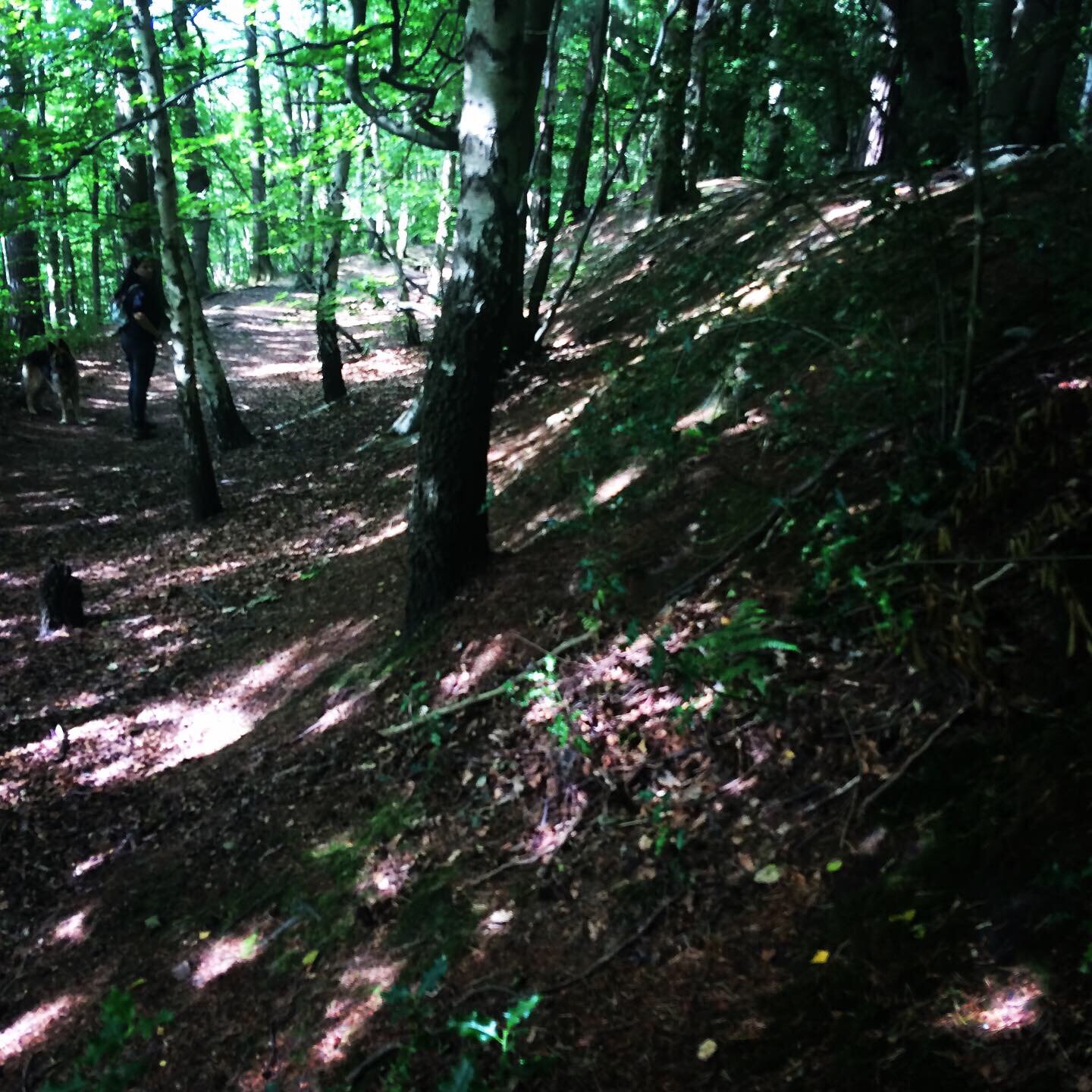Journal Entry: 24th August 2019
The simmering morning heat hung mid-air like vast weightless panes of molten glass. Our trusty vessel coughed and spluttered through the throngs of scantily clad tourists until the serene splendour of Knole House came into view, rising from the horizon like a magnificent morning sun. It should have been a day for moving as little as possible, with iced drinks and battery-powered fans close to hand, but we were on an investigation, so we braved the unnatural August heat wave to explore an ancient household with a perturbing past.
Knole House has its origins in the 13th century, when the substantial estate likely harboured a luxurious manor house. The estate passed through numerous wealthy landowners including the De Knoles, the Gravehursts and the Ashburnhams and as each left their individual aspect, the volume of the estate expanded and the country seat was continuously improved upon. In the 15th century, the house fell into the hands of Thomas Langley, Bishop of Durham, seemingly the first in a long line of esteemed religious occupants to dwell here, perhaps seeking spiritual perfection amidst the stunning slopes of the Darenth Valley.
James Fiennes, First Lord Saye acquired the house and began a callous campaign of cruel corruption, the harm of which would scar the very stones of these ancient foundations. Forcing neighbouring estates to sell up upon threat of death, he extended the lands until his vile power mad monopoly enticed the common folk to rebel under Jack Cade. Fiennes was found guilty in a makeshift trail by the rebels and beheaded in London, his head placed upon a spike and paraded through the streets before adorning London Bridge as was the custom for those deemed traitors to the realm.
Fiennes heir, William sold the property to Thomas Bourchier, the first of five Archbishops of Canterbury who would reside at Knole. They were John Morton (who died in the house), Henry Deane, William Warham and Henry VIII’s reformation co-conspirator, Thomas Cranmer. Each of these owners, and those who came after, had their own fascinating stories and added to the illuminating tapestry of intrigue and often terror tied to Knole House, but on this occasion we had come for one in particular, John Morton... or more precisely, his household page, the boy who would eventually become, Saint Thomas More.
Thomas More had grown up under the guidance of Morton. With strong Catholic beliefs he had considered becoming a monk before training in Law, the two trades probably more similar than you might imagine. His life would be turbulent, with an astonishing rise to power and a dramatic fall from grace under new religious regimes. It would finally end in execution for failing to cooperate in the enforced new world vision.
It is however, his childhood at Knole that brought us out in the almost unbearable late summer sun. Following a chaotic study of our humble library, darling Audrey in her eager and ever excitable way had discovered a mysterious map, one that appeared to link to the childhood scribbling of the soon to be Saint, Thomas More. The map, so Audrey explained with a mixture of chalk and double syllable sounds, led to a gateway of some description, the gateway to... Utopia.
It had been Mores seminal work, his vision of a perfect Island society. According to the work, Utopia, a play on Greek words meaning no place, or perhaps good place, lay somewhere in Brazil and was discovered by four intrepid explorers left behind during Amerigo Vespucci’s 1507 voyage. Here though was a map and a message, long before the pen had fallen upon paper to publish Utopia. More had seemingly discovered the perfect paradise right here in England, somewhere near his onetime childhood home of Knole.
This was too intriguing a puzzle to be dismissed, Audrey was keen to follow the lead and Bramble was determined to take control of security, should we encounter any evils on our potentially world changing challenge. Emily and I had packed up the expedition gear and our trusty vessel sped us safely to the infamous mansion.
The house is an astonishing work of architecture, gradually pieced together from age to age, ever enlarging the already astounding pile. We marvelled at its lush courtyards and commanding frontage. Legend suggests the building is a calendar house, its seven courtyards symbolising days of the week, fifty two staircases mirroring the weeks of the year and its 365 rooms designed to match the days of the year. The purpose of such an alignment remains a mystery, perhaps one linked to our own? Our map however, did not require us to explore the house in detail; it was leading us into the extensive grounds surrounding it.
We took a moment to enjoy some provisions in the shelter of the house, then fully refreshed, we sauntered along glorious garden paths leading through the vast estate scenery. These days they have mostly been taken over by all manner of modern recreational activities, golf courses, cricket pitches, picnic tables, cafes and predestined walkways where once ancient Monarchs hunted deer and boar in acres of haunting forest. The deer thankfully live life a little easier these days, casually grazing in the grounds without a care in the world, a far cry from the struggles of their ancestors.
For us though, the hunt was on, we had to find the truth behind More’s idyllic paradise, his Utopia. Did the map lead to some enchanted wonderland, wherein the perfect society lived out life in harmony and love, unafraid of the terrors of corrupt government, of criminals and disasters, murderers and thieves, of famine and poverty, pain and suffering, rich and poor? If it existed, even in some secret realm, surely the path had been laid before us in these tantalising spaghetti like archaic markings.
The footpath we followed led away from the grand house, to the summit of a high hill with stunning views across the luscious green valleys and into a gloomy woodland beyond.
Even in the ecstatic August midday sun, the forest remained a dark, depthless void. The gleam of day lost its safe comforting warmth as it was pushed unceremoniously from existence by the unending canopy of trees which swallowed us whole. We ventured along previously trodden pathways for as long as we could manage but soon they were slim, vague trails disappearing along with the sunlight. This was the domain of fairies and goblins, of pixies and witches. Here in the dark of nature’s most haunting arena, direction and time were quick to disperse into nothingness.
Audrey was the bravest of all of us, fearlessly leading the way through the darkness, navigating difficult trails and carefully examining the surroundings for reasons of both security and curious anticipation. The map directed us onwards, with Audrey at the helm and Bramble patrolling the rear and flanks for any sign of unwanted evils stalking us through the mysterious terrain.
Just when all seemed lost, when it appeared we had ventured further than was sensible, our persistence was rewarded. We came upon our Eden. Utopia rose majestically above us, hidden from existence by nature’s tangled, merciless army of beech, birch and oak, and guarded by deep circling scours upon the earth, gruesomely guzzling incomers and making approach and entry almost impossible.
Here, beyond these defences, was a world of beautiful balance, where once a society had existed in harmonious perfection before the encroaching invaders had taken hold and implemented their cruel capitalist systems to a community who held a deep and powerful connection with the lands upon which they depended and belonged.
Oldbury Hillfort was built in the 1st century BC by British Iron Age tribes and later occupied by the invading Belgic populations. Excavations during the 1930’s and 1980’s suggest the fort was abandoned around 50BC, possibly coinciding with the further invasion of Caesar.
It is the largest hillfort in the south east of England, and commands a strategic location overlooking routes through the weald. A substantial bank and ditch encircle the enormous hilltop, in its day, impressive wooden gates would have stood at its two entrances. These had been burnt down, perhaps in some episode of conflict or unrest, perhaps merely a mistake or abandonment, but with them, and the introduction of new powers and rulers, the Utopia of More’s childhood dreams had been wiped from the earth.
We spent a good deal of time following the map and exploring our Utopia, we sat in enormous twisting trees and ate blackberries from the branch, ventured through the undergrowth to hidden grottos and sacred spaces. We imagined a world of peace and tranquillity on that hilltop, before the need for deep defensive barriers had been necessary. It is a peaceful, well hidden wonderland, and Audrey was in her element amongst the chaotic random beauty nature had reclaimed as her own.
Eventually it was time to retreat. Our weary limbs and enriched minds still swimming in the splendour of the cooling afternoon air, we made our way down the hill and back to civilisation and reality once more. It wasn’t quite the end of our epic journey, the pub was on the agenda, a well deserved drink for solving another imaginative mystery, a refreshing water for Bramble, a soothing milk for Audrey, and something a little stronger for Emily and I... for a job well done.
Entry ends.


